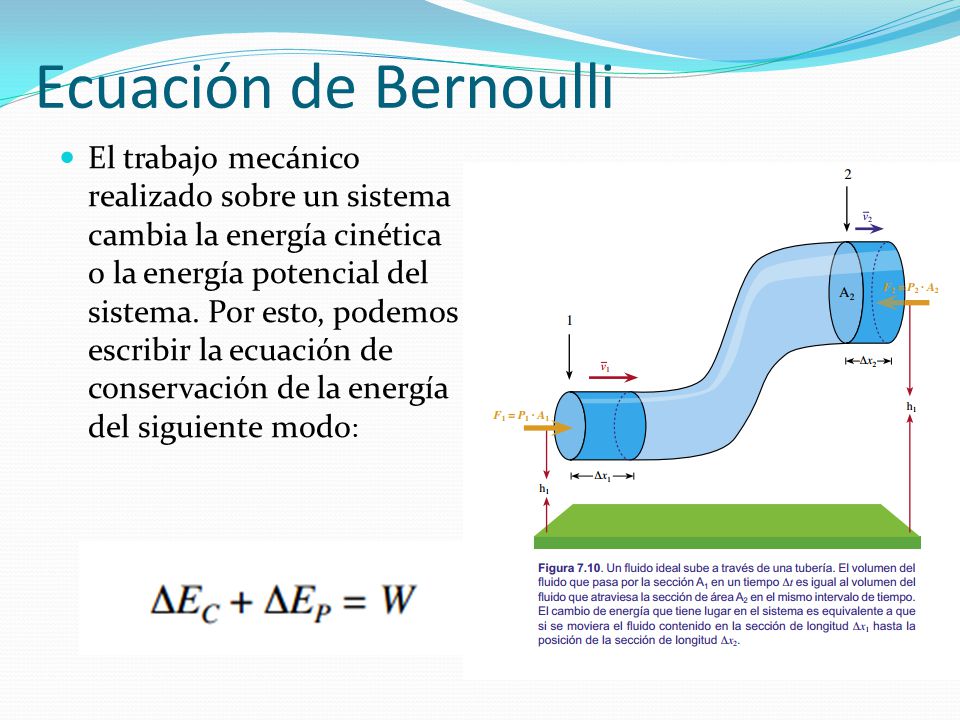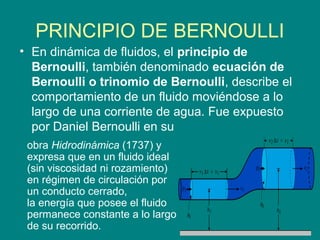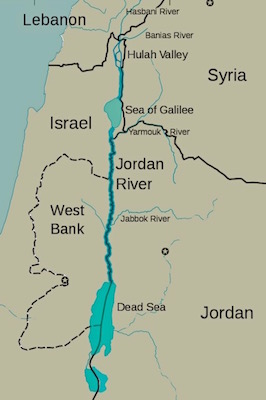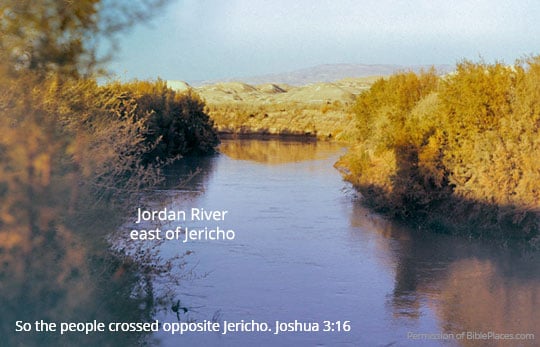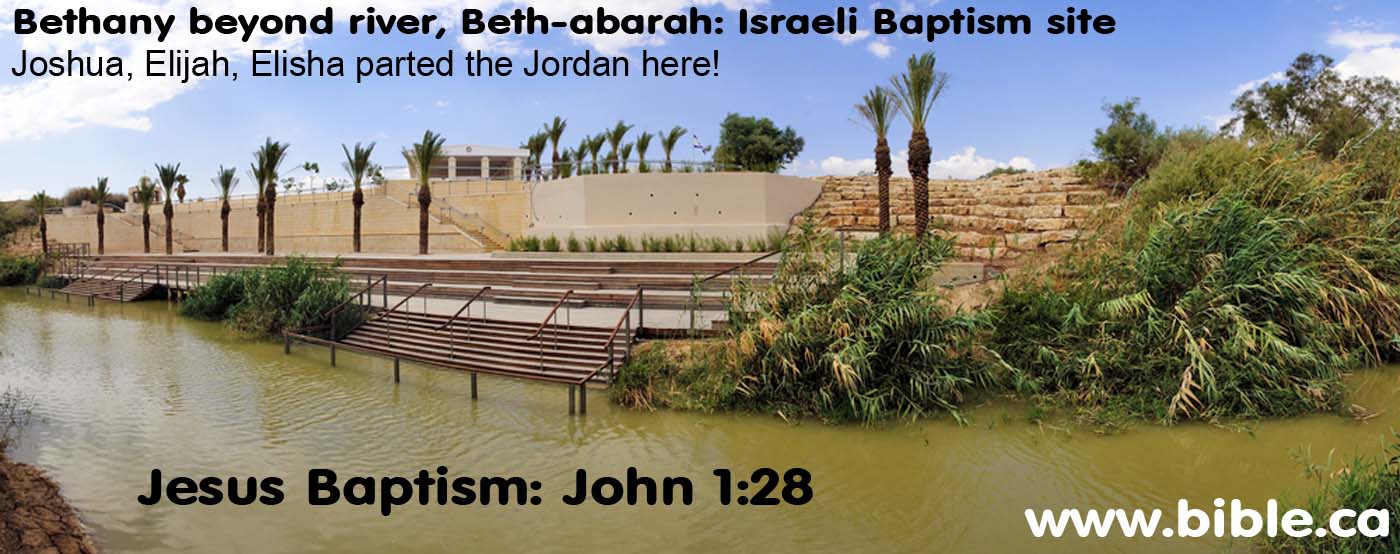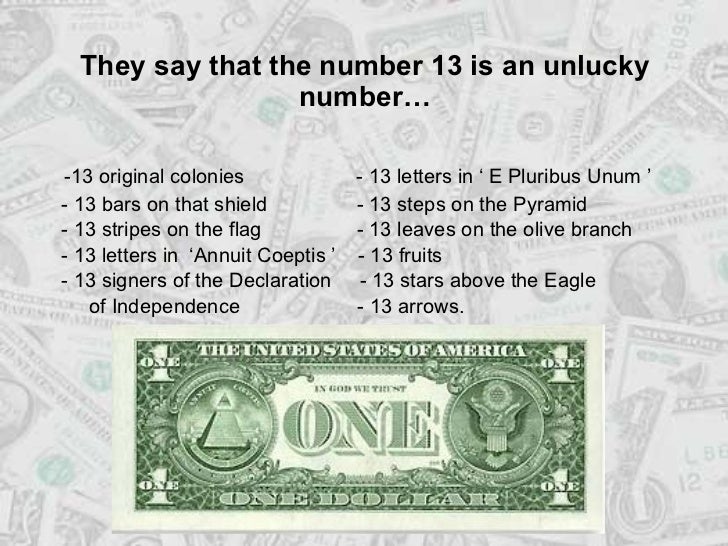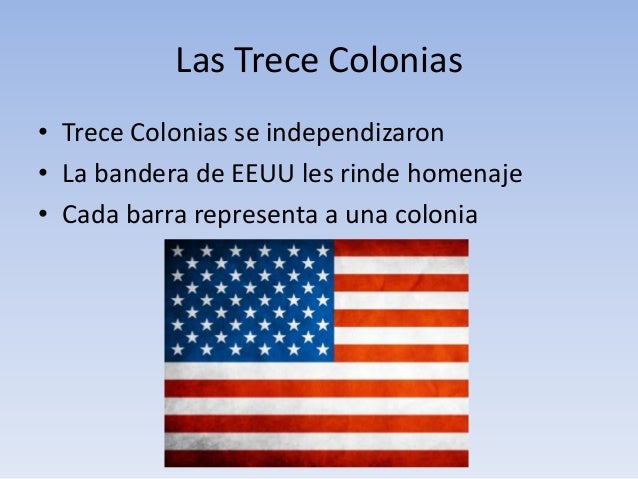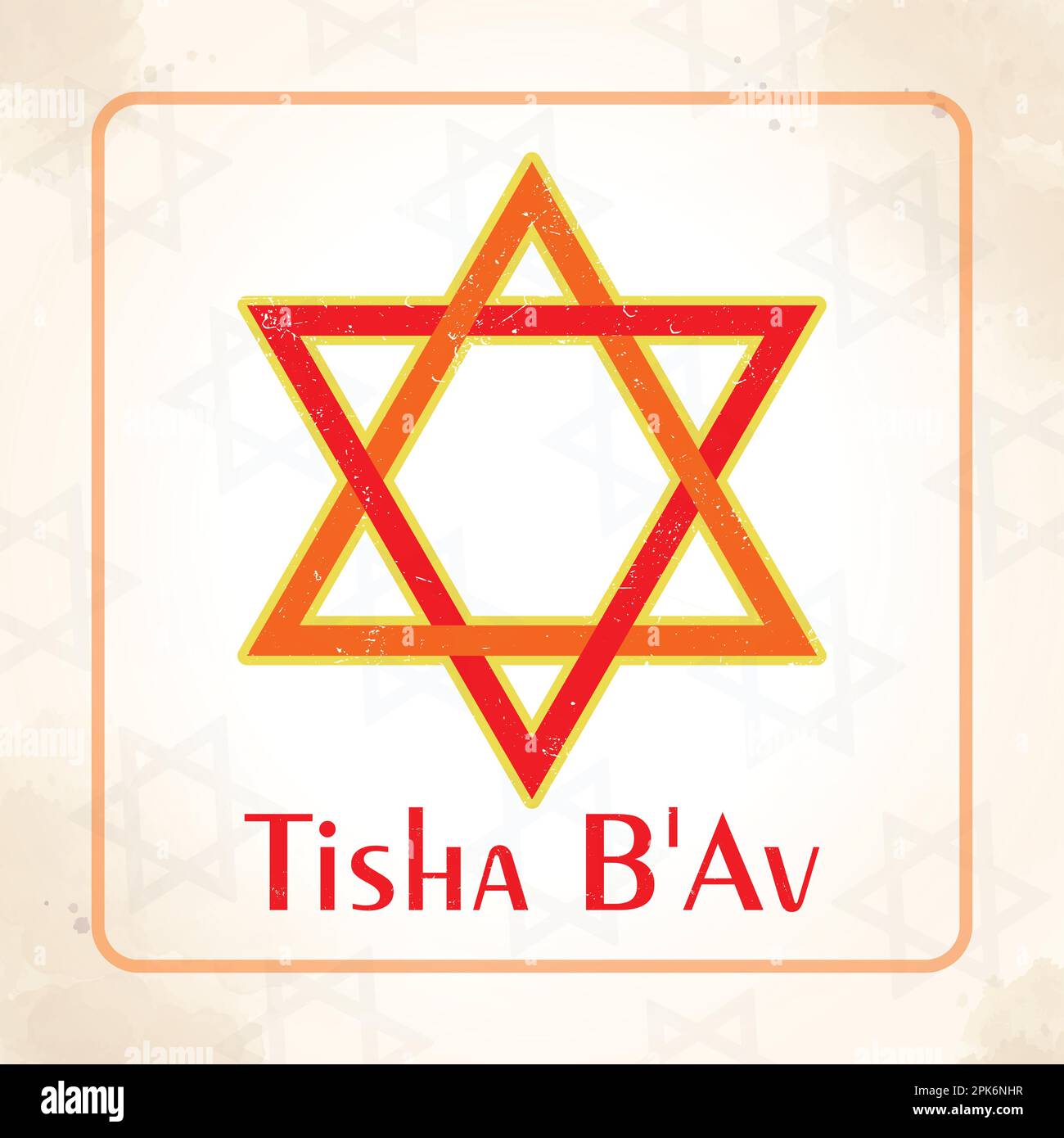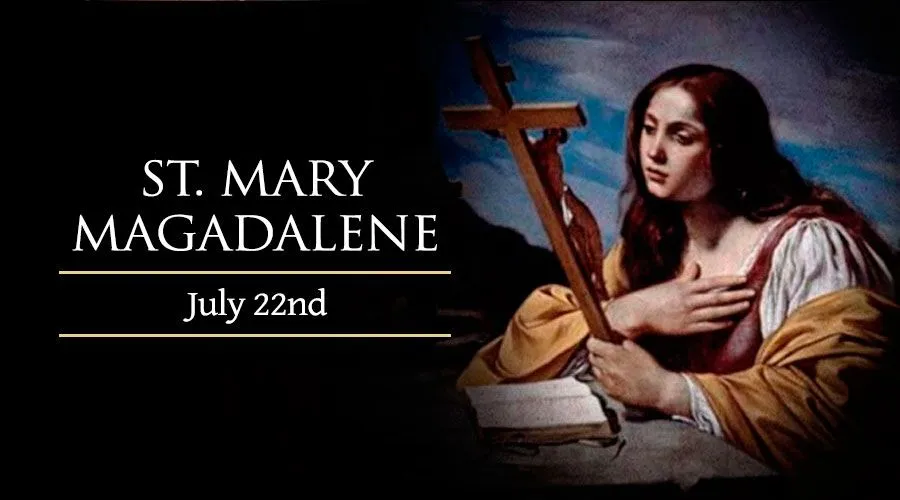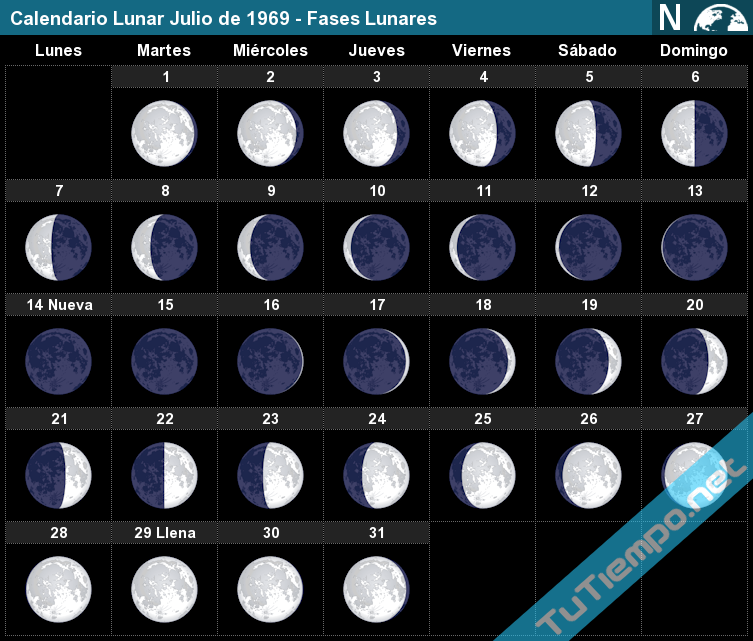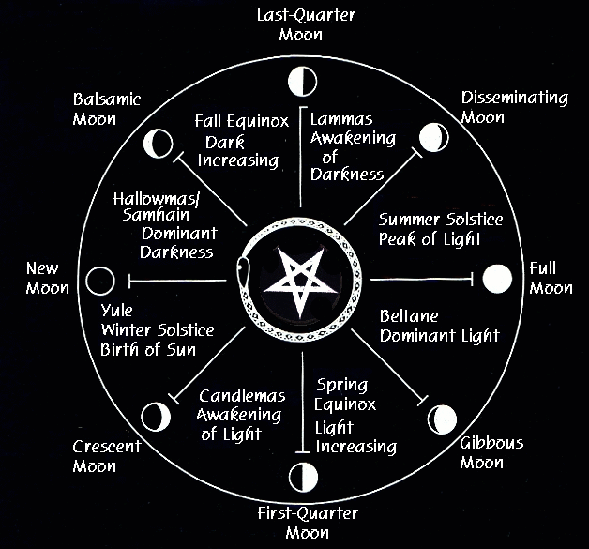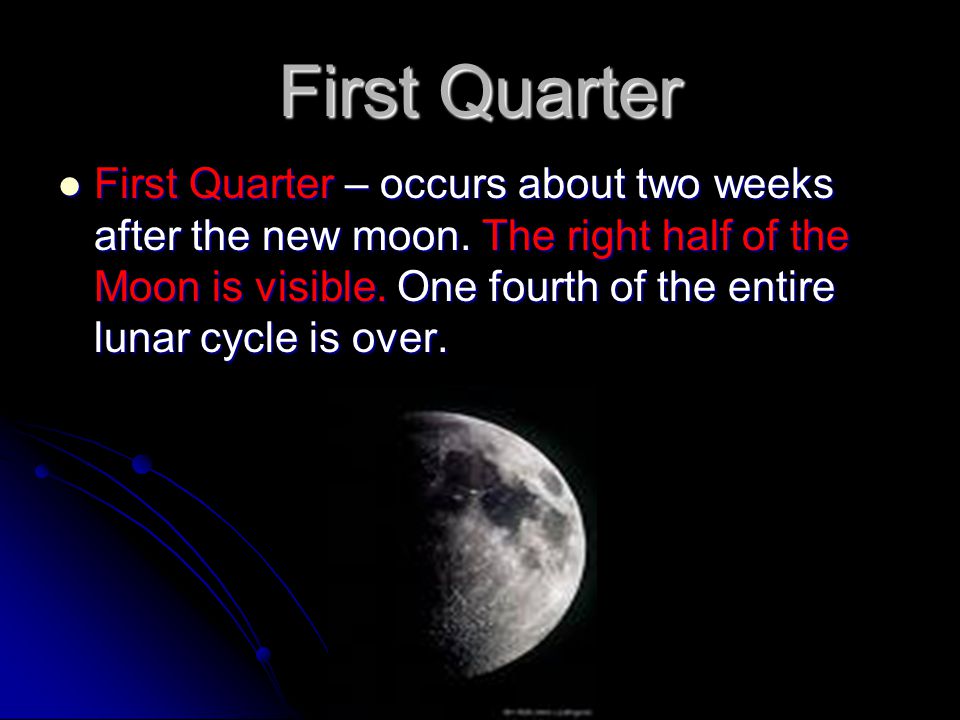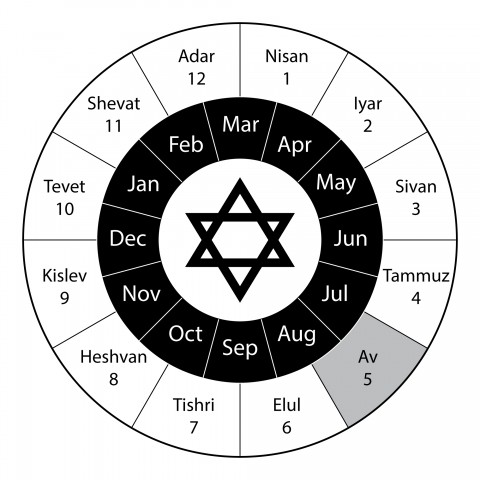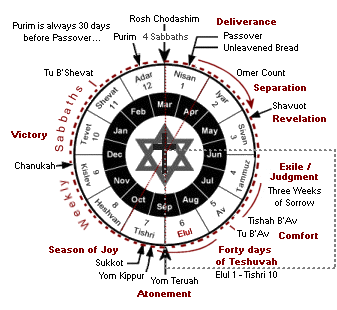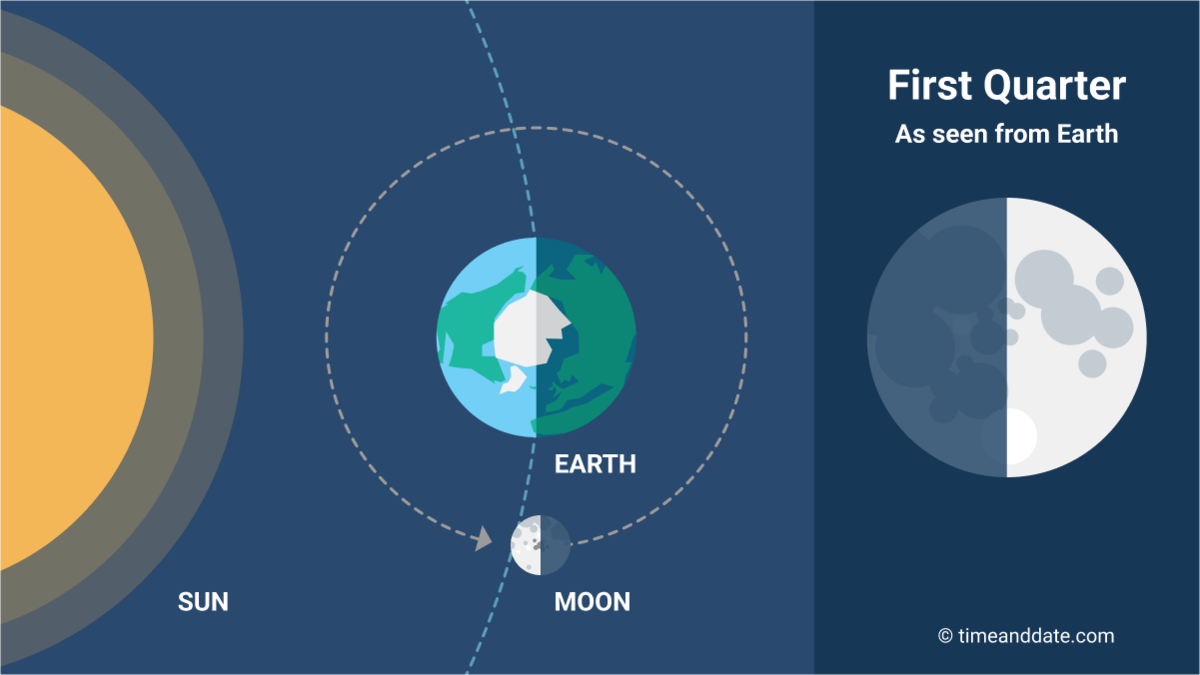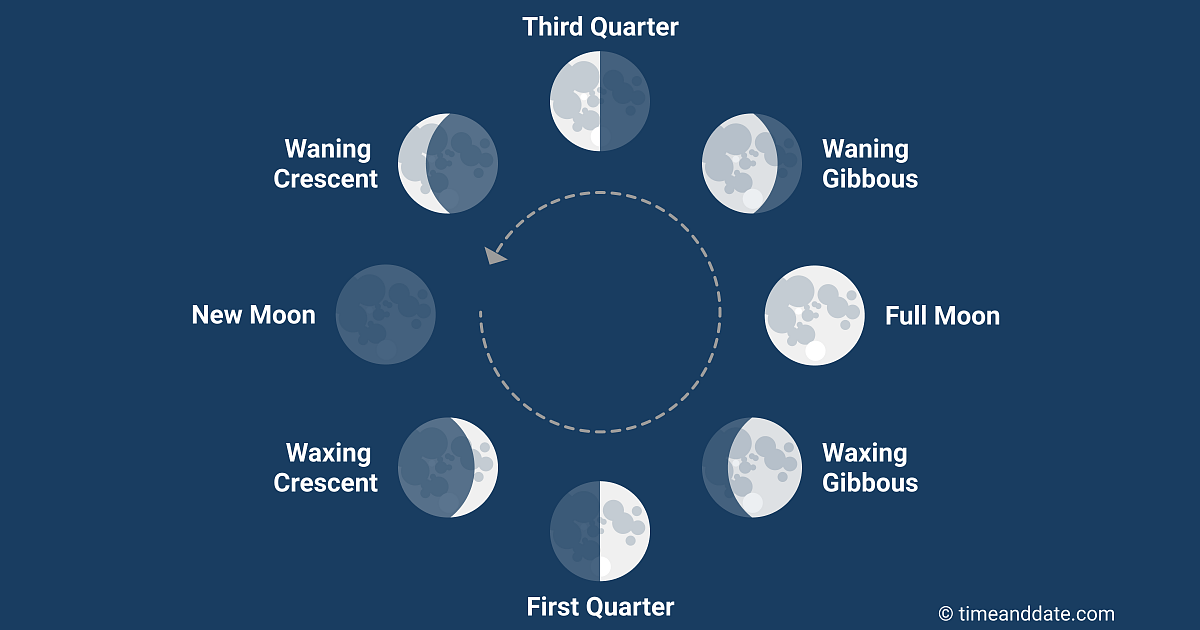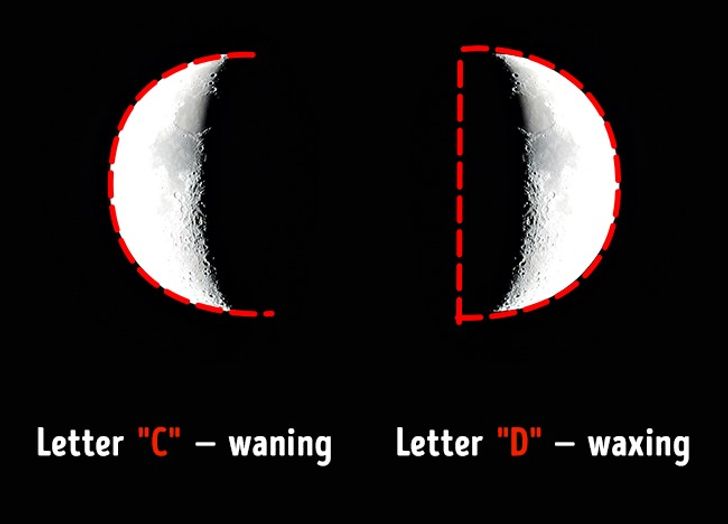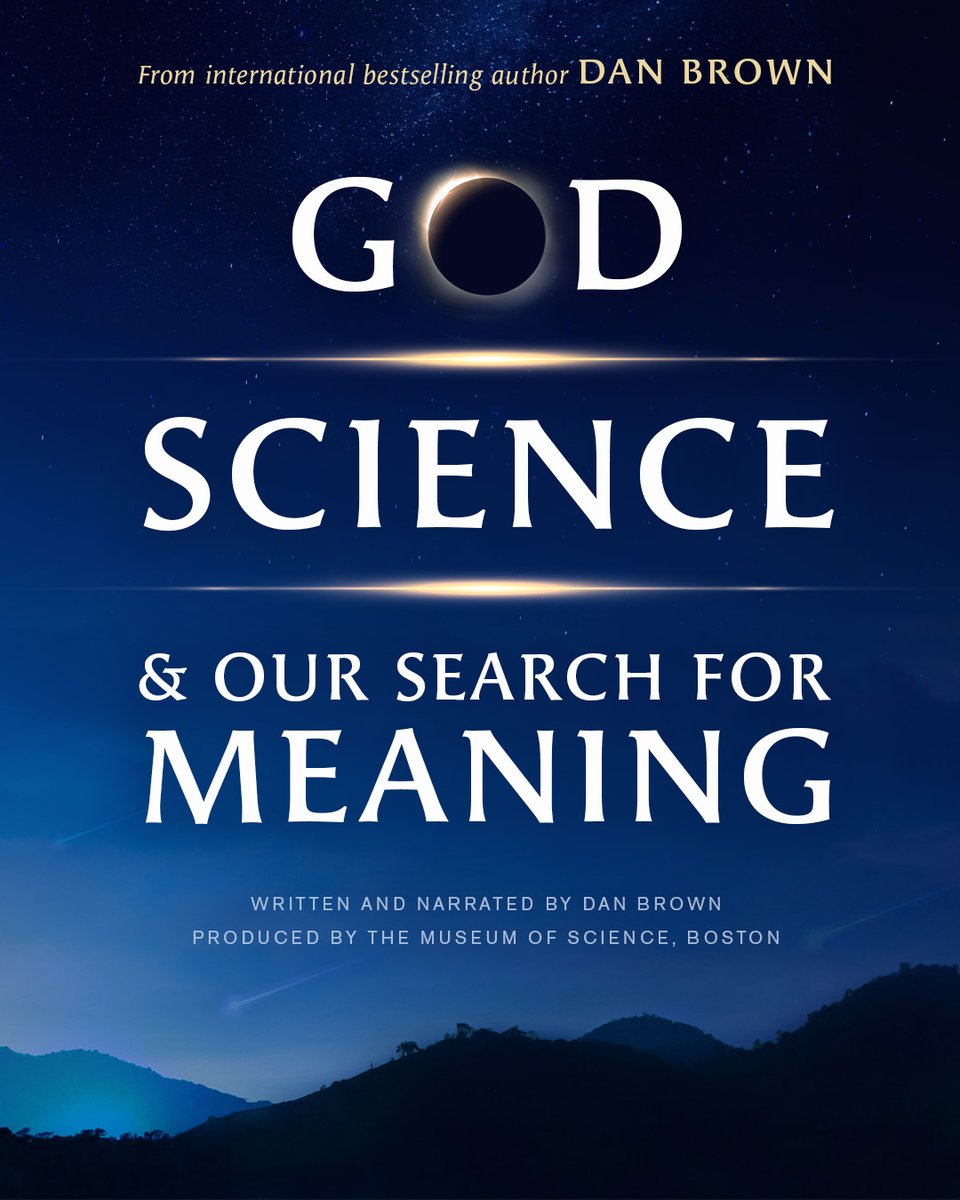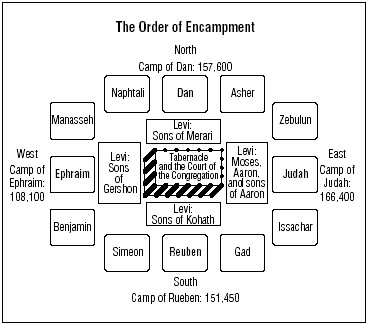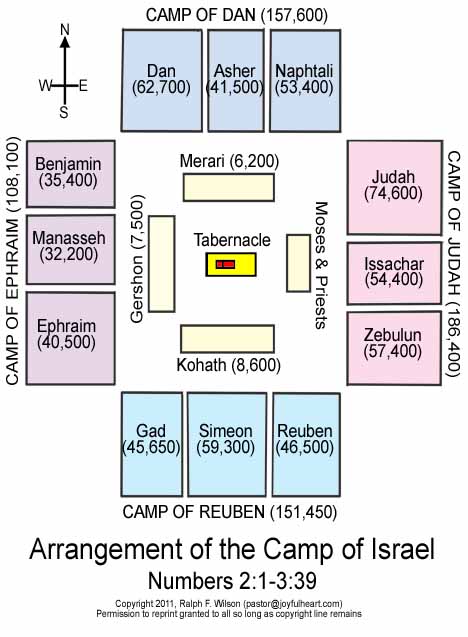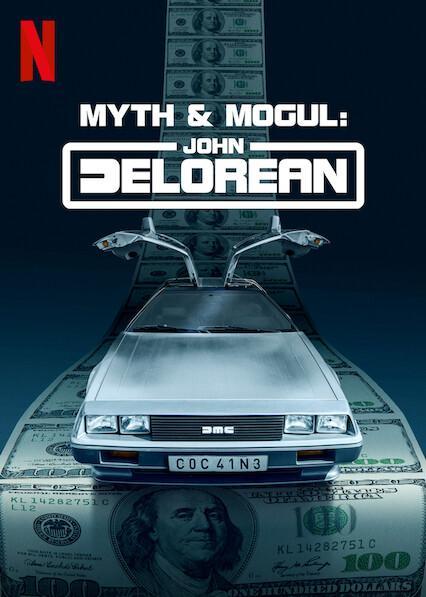|
|
General: ¿PORQUE DAN BROWN ES EL MAYOR PREDICADOR DEL EVANGELIO A NIVEL MUNDIAL?
Elegir otro panel de mensajes |
|
|
32. Génesis 30:6 Dijo entonces Raquel: Me juzgó Dios, y también oyó mi voz, y me dio un hijo. Por tanto llamó su nombre DAN.
225. Mateo 12:36 Mas yo os digo que de toda palabra ociosa que hablen los hombres, de ella darán cuenta en el día del JUICIO.
226. Mateo 12:41 Los hombres de Nínive se levantarán en el JUICIO con esta generación, y la condenarán; porque ellos se arrepintieron a la predicación de Jonás, y he aquí más que Jonás en este lugar.
227. Mateo 12:42 La reina del Sur se levantará en el JUICIO con esta generación, y la condenará; porque ella vino de los fines de la tierra para oír la sabiduría de Salomón, y he aquí más que Salomón en este lugar.
EL LUGAR NUMERO 227 EN QUE APARECE JUICIO EN LA TORA.
BUSQUELO USTED MISMO.
188. Mateo 12:42 La reina del Sur se levantará en el juicio con esta generación, y la condenará; porque ella vino de los fines de la tierra para oír la sabiduría de Salomón, y he aquí más que Salomón en este lugar.
56. Mateo 1:19 José su marido, como era justo, y no quería infamarla, quiso dejarla SECREtamente.
232. Apocalipsis 13:18 Aquí hay sabiduría. El que tiene entendimiento, cuente el número de la bestia, pues es número de hombre. Y su número es seiscientos sesenta y seis.
MARCA DE LA BESTIA (MARCA O MARCO)
666= SISTEMA SEXAGECIMAL= RELOJ
7. Mateo 23:33 ¡Serpientes, generación de víboras! ¿Cómo escaparéis de la condenación del INFIERNO?
MONTE HERMON (TRIBU DE DAN)
DAN-IEL / PARALELO 33
MON / MOON / LUNA / TRANSFIGURACION
LINAJE DE A-DAN
54. Job 33:33 Y si no, óyeme tú a mí;
Calla, y te enseñaré sabiduría.
666= SISTEMA SEXAGECIMAL= RELOJ
|
|
|
|
|
A m m a n
|
Begin your stay in the capital of the Hashemite kingdom of Jordan, Amman, it's safe, friendly and up to date. No more than five hours' drive from anywhere in the country, it is a convenient pace to base your tour. Gleaming white buildings in contemporary styles coexist with turn of the century villas, and trendy boutiques compete with richly colorful bazaars. A varied cuisine awaits you, as much as the Savory sweets and mezuzah of traditional Arabic restaurants. Add to this energetic mix the mystique of old Amman the Citadel and its defensive walls, the magnificent Roman Theater - and you have a tourist destination of unmatched appeal.
2%20(web)_small.jpg) 2%20(web)_small.jpg) 2%20(web)_small.jpg) 2%20(web)_small.jpg)
Amman is the modern and ancient capital of Jordan, formerly the Ammonite capital city of Rabbath - Ammon, and later the Geraeco Roman city called Philadelphia. Originally spread over seven hills like Rome, Ammon now covers at least nineteen hills. It is a city of contrasts, a mixture of ancient and modern.
Often referred to as "the white city" Amman's houses are built on many hillsides, and form a great canvas of overlapping beiges, ochres and whites. The outstanding whiteness is the result of the white stones of the country used in construction rough hewn, smooth or lightly veined, and even polished white marble.
The city, with its population of over a million, is crowned by the Citadel, a hill with the ruins of the Temple of Hercules, and a museum with artifacts dating back to the earliest settlement in the region some 700,000 years ago. At the foot of the Citadel is the 5,000 seat Roman theater.
Still rapidly growing, Amman is a busy commercial and administrative center with many fine hotels, night clubs and discos as well as modern facilities for sporting events, conventions and conferences. There is a wide spectrum of restaurants to meet every taste, offering choices of food ranging from Arabic through a variety of international specialties and fast food.
Experienced travel agents are on hand in all the hotels to handle every conceivable travel need. Amman's Queen Alia International Airport is located south of the city and is served by taxi and bus transportation.
http://www.petravenushotel.com/amman.htm
|
|
|
|
|
|
A m m a n
|
Begin your stay in the capital of the Hashemite kingdom of Jordan, Amman, it's safe, friendly and up to date. No more than five hours' drive from anywhere in the country, it is a convenient pace to base your tour. Gleaming white buildings in contemporary styles coexist with turn of the century villas, and trendy boutiques compete with richly colorful bazaars. A varied cuisine awaits you, as much as the Savory sweets and mezuzah of traditional Arabic restaurants. Add to this energetic mix the mystique of old Amman the Citadel and its defensive walls, the magnificent Roman Theater - and you have a tourist destination of unmatched appeal.
2%20(web)_small.jpg) 2%20(web)_small.jpg) 2%20(web)_small.jpg) 2%20(web)_small.jpg)
Amman is the modern and ancient capital of Jordan, formerly the Ammonite capital city of Rabbath - Ammon, and later the Geraeco Roman city called Philadelphia. Originally spread over seven hills like Rome, Ammon now covers at least nineteen hills. It is a city of contrasts, a mixture of ancient and modern.
Often referred to as "the white city" Amman's houses are built on many hillsides, and form a great canvas of overlapping beiges, ochres and whites. The outstanding whiteness is the result of the white stones of the country used in construction rough hewn, smooth or lightly veined, and even polished white marble.
The city, with its population of over a million, is crowned by the Citadel, a hill with the ruins of the Temple of Hercules, and a museum with artifacts dating back to the earliest settlement in the region some 700,000 years ago. At the foot of the Citadel is the 5,000 seat Roman theater.
Still rapidly growing, Amman is a busy commercial and administrative center with many fine hotels, night clubs and discos as well as modern facilities for sporting events, conventions and conferences. There is a wide spectrum of restaurants to meet every taste, offering choices of food ranging from Arabic through a variety of international specialties and fast food.
Experienced travel agents are on hand in all the hotels to handle every conceivable travel need. Amman's Queen Alia International Airport is located south of the city and is served by taxi and bus transportation.
http://www.petravenushotel.com/amman.htm
|
|
|
|
|
|
| rom: Cajeli (Original message) |
Sent: 03/09/2017 20:30 |
|
LA TORRE DE MAGDALA
De María Magdalena se cree que su nombre indica que ella pertenecía a la ciudad de Magdala, del hebreo migdál que significa “ciudad de las torres”, la cual ha querido ser asociada con un puerto pesquero, aledaño a una región donde proliferaban los burdeles.
Su fama de prostituta se origina cuando la iglesia católica la quiso identificar con la mujer pecadora que ungió con perfumes a Jesús, en la casa de Simón el fariseo; sin embargo el pasaje de Lucas 7.36-50 donde se registra este hecho, no da el nombre de la mujer a quien Jesús le perdona sus pecados, ni mencionan los 7 demonios de los que Jesús libró a la Magdalena.
Aunque en el Evangelio no se dice que ella fuera viuda o casada, tampoco se dice que fuera soltera, o una prostituta. Estuvo relacionada con mujeres importantes como la esposa del intendente de Herodes, y ayudó a financiar con sus bienes el ministerio de Jesús. Teniendo en cuenta que migdal significa torre, el nombre de María Magdalena la muestra como mujer vigilante, como una atalaya.
Precisamente esta mujer permaneció atenta a todos los acontecimientos durante el ministerio de Jesús; estuvo presente “mirando de lejos” la crucifixión del Señor, junto con el grupo de mujeres que lideraba; fue ella quien vio el lugar donde Jesús era puesto luego de morir. También fue quien vio quitada la piedra del sepulcro el primer día de la semana; y fue quien primero vio a Jesús resucitado, y salió apresurada para anunciar las Buenas Nuevas.
Con su don especial de permanecer atenta, se asemeja a las cinco vírgenes sensatas que manutuvieron aprovisionadas sus lámparas hasta la llegada del Novio. La bendigo, y reconozco que la iglesia de Jesucristo necesita Atalayas como esta mujer, la cual representa a la iglesia fiel y vigilante que será la esposa del Cordero

|
 First First  Previous 2 to 12 of 12 Next Previous 2 to 12 of 12 Next  Last Last  |
| Reply |
Message 2 of 12 on the subject |
|
| From: Rolmen |
Sent: 03/09/2017 22:32 |
|
Muy bonito cuento, ¿Quién es el autor? Quizá Wilde, o tal vez Andersen, o Dumas? O sería el judío Raigorodsky? Qué sé yo, pero el cuento es fascinante, sobretodo, en la parte narrativa en la cual especifica que estuvo, María Magdalena, presente en muchos acontecimientos y me pregunto, de que viviría esa mujer que tenía espacio de tiempo para estar de fisgona, de verdad que se las inventan para tener entretenidos a los lectores creyentes de fábulas y la iglesia católica no pierde tiempo, la declara santa para seguir agregando adeptos y claro, digo esto esperando no ofender a nadie.
|
|
|
| Reply |
Message 3 of 12 on the subject |
|
| From: Cajeli |
Sent: 03/09/2017 22:43 |
|
La historia en realidad es algo más profunda.
María Magdalena era una mujer muy joven que cuidaban sus padres sabiendo que estaba endemoniada.
Sufría de neurosis y epilepsia, de esa manera se reflejaba su enfermedad espiritual, y por esto fue sanada por Jesús. No hay bases para afirmar que era prostituta, eso fue una enseñanza falsa, o mal entendido desde que en un sermón al Papa Gregorio I se le ocurrió decir que fue la mujer pecadora que ungió a Jesús con perfumes
|
|
|
| Reply |
Message 4 of 12 on the subject |
|
| From: Rolmen |
Sent: 04/09/2017 00:26 |
|
Bueno Cajeli, real o no, es irrelevante, pero si, creo es una fantasía, es como tú mismo afirmas que el tal Gregorio I se le ocurrió que dicho personaje era una trabajadora sexual, bien pudo este sujeto u otro crear o tergiversar historias que luego, repetidas una y mil veces, con el tiempo se dan como verídicas, hay quienes afirman que esta mujer fue amante de Jesús Cristo e incluso tuvo vástagos de esa relación y no lo afirmo yo, sino está en boca de mucha gente y por ello te digo que las historias están trabucadas.
|
|
|
Esta es otra región de Marte, Cydonia Mensae a 33ºN y 13ºW
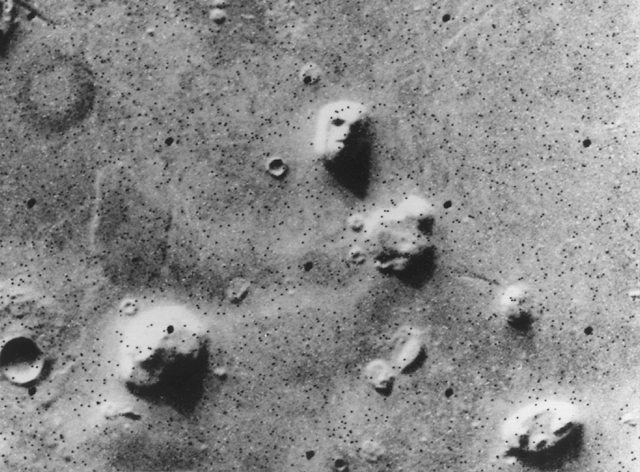
sidon esta en el paralelo 33
CYDONIA EN MARTE Y EL 33
| Reply |
Message 5 of 12 on the subject |
|
| From: Cajeli |
Sent: 04/09/2017 00:32 |
|
Este pasaje puede relacionarse con María Magdalena...
MATEO
15:21 Saliendo Jesús de allí, se FUE A LA REGIÓN DE TIRO Y SIDÓN.
15:22 Y he aquí una mujer cananea que había salido de aquella región clamaba, diciéndole: ¡Señor, Hijo de David, ten misericordia de mí! Mi hija es gravemente atormentada por un demonio.
15:23 Pero Jesús no le respondió palabra. Entonces acercándose sus discípulos, le rogaron, diciendo: Despídela, pues da voces tras nosotros.
15:24 El respondiendo, dijo: No soy enviado sino a las ovejas perdidas de la casa de Israel.
15:25 Entonces ella vino y se postró ante él, diciendo: ¡Señor, socórreme!
15:26 Respondiendo él, dijo: No está bien tomar el pan de los hijos, y echarlo a los perrillos.
15:27 Y ella dijo: Sí, Señor; pero aun los perrillos comen de las migajas que caen de la mesa de sus amos.
15:28 Entonces respondiendo Jesús, dijo: Oh mujer, grande es tu fe; hágase contigo como quieres. Y su hija fue sanada desde aquella hora.
15:29 Pasó Jesús de allí y vino junto al mar de Galilea; y subiendo al monte, se sentó allí.
15:30 Y se le acercó mucha gente que traía consigo a cojos, ciegos, mudos, mancos, y otros muchos enfermos; y los pusieron a los pies de Jesús, y los sanó;
15:31 de manera que la multitud se maravillaba, viendo a los mudos hablar, a los mancos sanados, a los cojos andar, y a los ciegos ver; y glorificaban al Dios de Israel.
15:32 Y Jesús, llamando a sus discípulos, dijo: Tengo compasión de la gente, porque ya hace tres días que están conmigo, y no tienen qué comer; y enviarlos en ayunas no quiero, no sea que desmayen en el camino.
15:33 Entonces sus discípulos le dijeron: ¿De dónde tenemos nosotros tantos panes en el desierto, para saciar a una multitud tan grande?
15:34 Jesús les dijo: ¿Cuántos panes tenéis? Y ellos dijeron: Siete, y unos pocos pececillos.
15:35 Y mandó a la multitud que se recostase en tierra.
15:36 Y tomando los siete panes y los peces, dio gracias, los partió y dio a sus discípulos, y los discípulos a la multitud.
15:37 Y comieron todos, y se saciaron; y recogieron lo que sobró de los pedazos, siete canastas llenas.
15:38 Y eran los que habían comido, cuatro mil hombres, sin contar las mujeres y los niños.
15:39 Entonces, despedida la gente, entró en la barca, y vino a la región de Magdala.
SIRIO ES LA CONSTELACION DEL PERRO/ CAN MAYOR
NOTEN EL NEXO DE DAN, CON LA SERPIENTE (VENECIA) Y EL CABALLO (PLAZA SAN MARCOS)
7. Génesis 49:17 Será Dan SERPIENTE junto al camino, Víbora junto a la senda, Que muerde los talones del caballo, Y hace caer hacia atrás al jinete.
|
|
|
|
|
|
|
32. Génesis 30:6 Dijo entonces Raquel: Me juzgó Dios, y también oyó mi voz, y me dio un hijo. Por tanto llamó su nombre DAN.
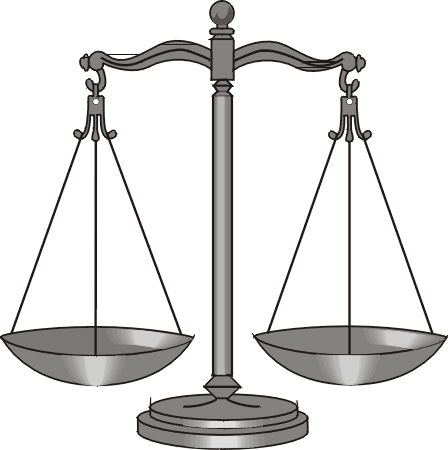
- Mateo 6:33: Mas buscad primeramente el reino de Dios y su JUSTICIA, y todas estas cosas os serán añadidas.
| Reply |
Message 10 of 10 on the subject |
|
Olcoz-Eunate y la Astrología II: Apocalipsis y Escatología
Que sea la constelación de Virgo el referente astrológico constructivo de San Miguel de Olcoz y Santa María de Eunate tiene igualmente unos componentes simbólicos derivados del Apocalipsis de Juan. Ello se debe a que María fue asimilada a la "mujer vestida del sol, con la luna bajo sus pies, y sobre la cabeza una corona de doce estrellas" (Ap 12,1) que está a punto de dar a luz a un niño. La Gran Serpiente (dragón) quiere aniquilar a ambos pero el arcángel san Miguel y su ejército celestial le derrota. Esta escena visionaria fue representada de múltiples formas a lo largo del Medievo y posteriormente.
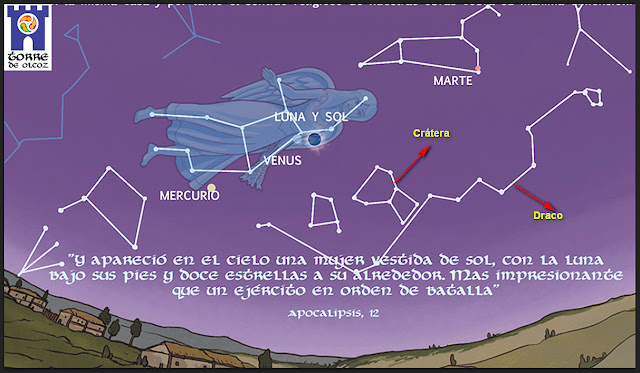 |
| Visualización astrológica de los paneles de Torre Olcoz (Jesús Zulet) |
"Hubo un gran combate en los cielos. Miguel y sus ángeles lucharon contra el Dragón. También el Dragón y sus ángeles combatieron, pero no prevalecieron y no hubo ya lugar en el Cielo para ellos. Y fue arrojado el Dragón, la Serpiente antigua, el llamado Diablo y Satanás, el seductor del mundo entero; fue arrojado a la tierra y sus ángeles con él." (Ap. 12,7-9)
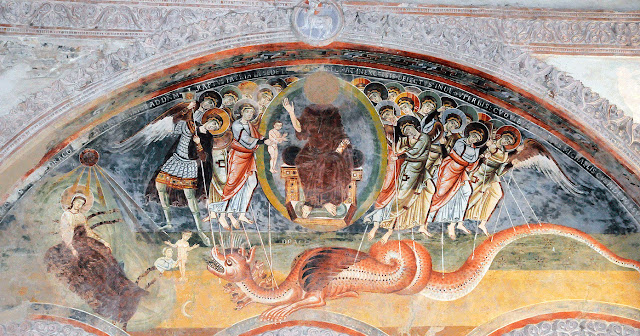 |
| Escena apocalíptica, frescos de la iglesia de San Pietro al Monte (Civitate-Italia). Siglo XII. |
En esta ascripción alegórica de la "mujer vestida de sol" con la Virgen María podemos encontrar, en la red de las "imágenes arquetípicas", a la Virgen que cantara Virgilio en su IV Égloga y que iba a dar a luz a un Mesías que traería consigo una nueva Edad de Oro. La Virgen virgiliana era Astrea, la diosa de la Equidad-Justicia-Orden que ascendió a los cielos desilusionada de la humanidad durante la Edad del Bronce, y que durante la Edad de Oro enseñaba en las ciudades y en la Edad de Plata a los aldeanos de las montañas. Mas la Astrea virgiliana fue equiparada con la Virgen María y su Puer Avatar con Jesús. Asimismo, en el Apocalipsis, la derrota de la Serpiente Antigua es el preludio de los acontecimientos que concluirán con el descenso de la Jerusalén Celeste (y de la Edad de Oro del Paraíso Celestial, por tanto).
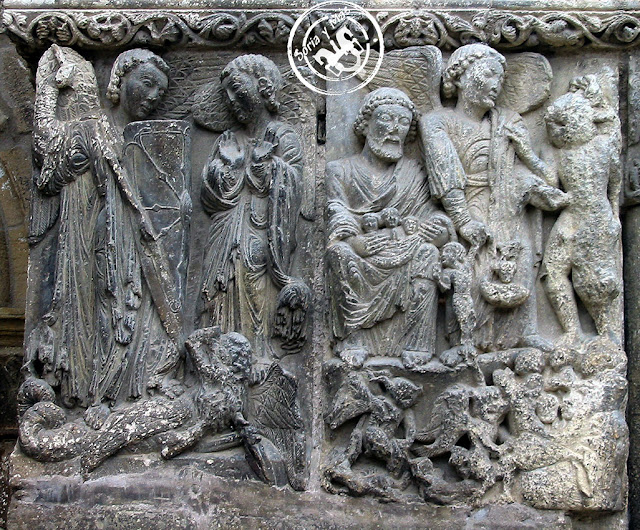 |
| Pasajes escatológicos con el arcángel Miguel, en la iglesia navarra de San Miguel en Estella (Camino de Santiago como Eunate y Olcoz, y no muy lejos de ellas). |
Estas concatenaciones simbólicas se difundieron durante la Edad Media así que no es extraño que fuesen conocidas por los promotores-patrones de las iglesias de Olcoz y Eunate, y es fácil así comprender el trasfondo apocalíptico de la advocación de ambos templos a Miguel Arcángel y a María, como los ha sabido igualmente mostrar Jesús Zulet (véase panel siguiente suyo)
Asimismo existe un trasfondo escatológico puesto que San Miguel es el psicopompo en el Más Allá y quien pesa las obras buenas y malas en la balanza (tema ya presente en Egipto), y María es la Gran Mediadora en el Más Allá (además su antecesora astrológica, Astrea, era la diosa de la Justicia). Y abundando en lo escatológico, se sabe documentalmente que Santa María de Eunate era ya en 1219 sede de una cofradía de ánimas de los pueblos de Valdizarbe y entorno inmediato, como lo descubriera José María Jimeno Jurío. Además, como he dejado claro en otro lugar, buena parte de la iconología de Eunate puede adscribirse a los escenarios del inframundo escatológico, a la par que su vinculación arquitectónica a la Ascensión de Jerusalén y el capitel de la Ascensión de Cristo son igualmente escatológicos y de gran importancia para la esperanza en al resureccción y bienaventuranza en la Jerusalén Celeste.  Si Virgo representa astrológicamente a la Virgen María en la cristianización del Zodíaco, San Miguel puede verse representado a su vez por Perseo, el vencedor de la Gorgona Medusa (a la cual se la representaba con la boca abierta y generalmente con la lengua fuera), que Jesús Zulet identifica con el personaje con capa que pisa la cabeza grotesca. Pero es que -añado yo por mi parte-, San Miguel igualmente puede quedar alegorizado mediante las balanzas, emblema del signo zodiacal Libra (Astrea -no lo olvidemos- quedó desglosada realmente como Virgo y Libra en el zodíaco). Si Virgo representa astrológicamente a la Virgen María en la cristianización del Zodíaco, San Miguel puede verse representado a su vez por Perseo, el vencedor de la Gorgona Medusa (a la cual se la representaba con la boca abierta y generalmente con la lengua fuera), que Jesús Zulet identifica con el personaje con capa que pisa la cabeza grotesca. Pero es que -añado yo por mi parte-, San Miguel igualmente puede quedar alegorizado mediante las balanzas, emblema del signo zodiacal Libra (Astrea -no lo olvidemos- quedó desglosada realmente como Virgo y Libra en el zodíaco).
 |
| Detalle del panel realizado por Jesús Zulet de los cilos de Perseo y Virgo en Olcoz y Eunate |
| Reply |
Message 66 of 66 on the subject |
|
|
http://miradaesoterica.blogspot.com.ar/2013/04/olcoz-eunate-y-la-astrologia-ii.html
http://miradaesoterica.blogspot.com.ar/2013/04/olcoz-eunate-y-la-astrologia-ii.html
http://miradaesoterica.blogspot.com.ar/2013/04/olcoz-eunate-y-la-astrologia-ii.html
miradaesoterica.blogspot.com/2013/04/olcoz-eunate-y-la-astrologia-ii.html
30 abr. 2013 - Que sea la constelación de Virgo el referente astrológico constructivo de San Miguel de Olcoz y Santa María de Eunate tiene igualmente unos componentes simbólicos derivados del Apocalipsis de Juan. Ello se debe a que María fue asimilada a la "mujer vestida del sol, con la luna bajo sus pies, y sobre ...
|
|
|
|
|
|
|
|
|
32. Génesis 30:6 Dijo entonces Raquel: Me juzgó Dios, y también oyó mi voz, y me dio un hijo. Por tanto llamó su nombre DAN.

- Mateo 6:33: Mas buscad primeramente el reino de Dios y su JUSTICIA, y todas estas cosas os serán añadidas.
| Reply |
Message 10 of 10 on the subject |
|
Olcoz-Eunate y la Astrología II: Apocalipsis y Escatología
Que sea la constelación de Virgo el referente astrológico constructivo de San Miguel de Olcoz y Santa María de Eunate tiene igualmente unos componentes simbólicos derivados del Apocalipsis de Juan. Ello se debe a que María fue asimilada a la "mujer vestida del sol, con la luna bajo sus pies, y sobre la cabeza una corona de doce estrellas" (Ap 12,1) que está a punto de dar a luz a un niño. La Gran Serpiente (dragón) quiere aniquilar a ambos pero el arcángel san Miguel y su ejército celestial le derrota. Esta escena visionaria fue representada de múltiples formas a lo largo del Medievo y posteriormente.
 |
| Visualización astrológica de los paneles de Torre Olcoz (Jesús Zulet) |
"Hubo un gran combate en los cielos. Miguel y sus ángeles lucharon contra el Dragón. También el Dragón y sus ángeles combatieron, pero no prevalecieron y no hubo ya lugar en el Cielo para ellos. Y fue arrojado el Dragón, la Serpiente antigua, el llamado Diablo y Satanás, el seductor del mundo entero; fue arrojado a la tierra y sus ángeles con él." (Ap. 12,7-9)
 |
| Escena apocalíptica, frescos de la iglesia de San Pietro al Monte (Civitate-Italia). Siglo XII. |
En esta ascripción alegórica de la "mujer vestida de sol" con la Virgen María podemos encontrar, en la red de las "imágenes arquetípicas", a la Virgen que cantara Virgilio en su IV Égloga y que iba a dar a luz a un Mesías que traería consigo una nueva Edad de Oro. La Virgen virgiliana era Astrea, la diosa de la Equidad-Justicia-Orden que ascendió a los cielos desilusionada de la humanidad durante la Edad del Bronce, y que durante la Edad de Oro enseñaba en las ciudades y en la Edad de Plata a los aldeanos de las montañas. Mas la Astrea virgiliana fue equiparada con la Virgen María y su Puer Avatar con Jesús. Asimismo, en el Apocalipsis, la derrota de la Serpiente Antigua es el preludio de los acontecimientos que concluirán con el descenso de la Jerusalén Celeste (y de la Edad de Oro del Paraíso Celestial, por tanto).
 |
| Pasajes escatológicos con el arcángel Miguel, en la iglesia navarra de San Miguel en Estella (Camino de Santiago como Eunate y Olcoz, y no muy lejos de ellas). |
Estas concatenaciones simbólicas se difundieron durante la Edad Media así que no es extraño que fuesen conocidas por los promotores-patrones de las iglesias de Olcoz y Eunate, y es fácil así comprender el trasfondo apocalíptico de la advocación de ambos templos a Miguel Arcángel y a María, como los ha sabido igualmente mostrar Jesús Zulet (véase panel siguiente suyo)
Asimismo existe un trasfondo escatológico puesto que San Miguel es el psicopompo en el Más Allá y quien pesa las obras buenas y malas en la balanza (tema ya presente en Egipto), y María es la Gran Mediadora en el Más Allá (además su antecesora astrológica, Astrea, era la diosa de la Justicia). Y abundando en lo escatológico, se sabe documentalmente que Santa María de Eunate era ya en 1219 sede de una cofradía de ánimas de los pueblos de Valdizarbe y entorno inmediato, como lo descubriera José María Jimeno Jurío. Además, como he dejado claro en otro lugar, buena parte de la iconología de Eunate puede adscribirse a los escenarios del inframundo escatológico, a la par que su vinculación arquitectónica a la Ascensión de Jerusalén y el capitel de la Ascensión de Cristo son igualmente escatológicos y de gran importancia para la esperanza en al resureccción y bienaventuranza en la Jerusalén Celeste.  Si Virgo representa astrológicamente a la Virgen María en la cristianización del Zodíaco, San Miguel puede verse representado a su vez por Perseo, el vencedor de la Gorgona Medusa (a la cual se la representaba con la boca abierta y generalmente con la lengua fuera), que Jesús Zulet identifica con el personaje con capa que pisa la cabeza grotesca. Pero es que -añado yo por mi parte-, San Miguel igualmente puede quedar alegorizado mediante las balanzas, emblema del signo zodiacal Libra (Astrea -no lo olvidemos- quedó desglosada realmente como Virgo y Libra en el zodíaco). Si Virgo representa astrológicamente a la Virgen María en la cristianización del Zodíaco, San Miguel puede verse representado a su vez por Perseo, el vencedor de la Gorgona Medusa (a la cual se la representaba con la boca abierta y generalmente con la lengua fuera), que Jesús Zulet identifica con el personaje con capa que pisa la cabeza grotesca. Pero es que -añado yo por mi parte-, San Miguel igualmente puede quedar alegorizado mediante las balanzas, emblema del signo zodiacal Libra (Astrea -no lo olvidemos- quedó desglosada realmente como Virgo y Libra en el zodíaco).
 |
| Detalle del panel realizado por Jesús Zulet de los cilos de Perseo y Virgo en Olcoz y Eunate |
| Reply |
Message 66 of 66 on the subject |
|
|
http://miradaesoterica.blogspot.com.ar/2013/04/olcoz-eunate-y-la-astrologia-ii.html
http://miradaesoterica.blogspot.com.ar/2013/04/olcoz-eunate-y-la-astrologia-ii.html
http://miradaesoterica.blogspot.com.ar/2013/04/olcoz-eunate-y-la-astrologia-ii.html
miradaesoterica.blogspot.com/2013/04/olcoz-eunate-y-la-astrologia-ii.html
30 abr. 2013 - Que sea la constelación de Virgo el referente astrológico constructivo de San Miguel de Olcoz y Santa María de Eunate tiene igualmente unos componentes simbólicos derivados del Apocalipsis de Juan. Ello se debe a que María fue asimilada a la "mujer vestida del sol, con la luna bajo sus pies, y sobre ...
|
|
|
|
|
|
|
|
|
SARA=SERPIENTE=$=SUNDAY (SOL ES EL GENERADOR DEL CICLO DEL AGUA)
DINOSAURIO
DINO / DINA / DIANA / DAN (TRANSFIGURACION DE CRISTO EN EL MONTE HERMON EN LA TRIBU DE DAN)
SAURIO / SAR (PRINCIPE EN HEBREO)
LA TRANSFIGURACION DE CRISTO EN EL MONTE HERMON, CERCA DE CESAREA DE FILIPO
C-SAR ES LA CLAVE DE LA TRASLACION EN EL TIEMPO
NOTEN EL NEXO DE DAN, CON LA SERPIENTE (VENECIA) Y EL CABALLO (PLAZA SAN MARCOS)

 
Génesis 8:22 Mientras la tierra permanezca, no cesarán la sementera y la siega, el frío y el calor, el verano y el invierno, y el día y la noche. (EL MISMO DISEÑO DEL VATICANO-OCHO PUNTAS-PLAZA DE SAN PEDRO)
DINERO=MUJER=$=SARA
EL PSEUDOCRISTIANISMO LE TIENE PANICO A LA MUJER.
EN VENECIA ESTA EL SECRETO
|
Obviamente que Dios es Dios de vivos..
Puesto que en la fe nadie muere..
Y los patriarcas Abraham, Isaac, Jacob ..
Caminaron por fe..
Dios le cambio el nombre de abram a abraham..
Porque es el primer viviente según el pacto de la circuncisión..
El primer hombre de fe, el padre de naciones..
Y ese pacto de Dios con Abraham sigue vigente hasta hoy..
Porque en la fe de Abraham son salvas todas las naciones..
Y para dejar tranquilo a Barilochense le digo :
Dios también le cambió el nombre a la mujer de Abraham..
De Saraí ( princesa ) pasó a llamarse Sara que significa madre de naciones..
16. Y la bendeciré, y también te daré de ella hijo; sí, la bendeciré, y vendrá a ser madre de naciones; reyes de pueblos vendrán de ella.
Para que no diga que Dios no ama a sus hijas..
Saludos
El Ungido
LA CLAVE DEL EXPERIMENTO FILADELFIA
EN VENECIA ESTA EL SECRETO
RAMERA=$ =SERPIENTE= SABADO= SABIDURIA= LETRA S= SOPHIA=SNAKE =SERPENT
S=SERPIENTE
68. Juan 4:10 Respondió Jesús y le dijo: Si conocieras el don de Dios, y quién es el que te dice: Dame de beber; tú le pedirías, y él te daría agua VIVA.
69. Juan 4:11 La mujer le dijo: Señor, no tienes con qué sacarla, y el pozo es hondo. ¿De dónde, pues, tienes el agua VIVA?
70. Juan 7:38 El que cree en mí, como dice la Escritura, de su interior correrán ríos de agua VIVA.
|
|
|
 Primer Primer  Anterior 2 a 3 de 3 Siguiente Anterior 2 a 3 de 3 Siguiente  Último Último  |
|
|
|
|
|
Jordan River (Utah)
From Wikipedia, the free encyclopedia
The Jordan River, in the state of Utah, United States, is a river about 51 miles (82 km) long. Regulated by pumps at its headwaters at Utah Lake, it flows northward through the Salt Lake Valley and empties into the Great Salt Lake. Four of Utah's six largest cities border the river: Salt Lake City, West Valley City, West Jordan, and Sandy. More than a million people live in the Jordan Subbasin, part of the Jordan River watershed that lies within Salt Lake and Utah counties. During the Pleistocene, the area was part of Lake Bonneville.
Members of the Desert Archaic Culture were the earliest known inhabitants of the region; an archaeological site found along the river dates back 3,000 years. Mormon pioneers led by Brigham Young were the first European American settlers, arriving in July 1847 and establishing farms and settlements along the river and its tributaries. The growing population, needing water for drinking, irrigation, and industrial use in an arid climate, dug ditches and canals, built dams, and installed pumps to create a highly regulated river.
Although the Jordan was originally a cold-water fishery with 13 native species, including Bonneville cutthroat trout, it has become a warm-water fishery where the common carp is most abundant. It was heavily polluted for many years by raw sewage, agricultural runoff, and mining wastes. In the 1960s, sewage treatment removed many pollutants. In the 21st century, pollution is further limited by the Clean Water Act, and, in some cases, the Superfund program. Once the home of bighorn sheep and beaver, the contemporary river is frequented by raccoons, red foxes, and domestic pets. It is an important avian resource, as are the Great Salt Lake and Utah Lake, visited by more than 200 bird species.
Big Cottonwood, Little Cottonwood, Red Butte, Mill, Parley's, and City creeks, as well as smaller streams like Willow Creek at Draper, Utah, flow through the sub-basin. The Jordan River Parkway along the river includes natural areas, botanical gardens, golf courses, and a 40-mile (64 km) bicycle and pedestrian trail, completed in 2017.[6]
The Jordan River is Utah Lake's only outflow. It originates at the northern end of the lake between the cities of Lehi and Saratoga Springs. It then meanders north through the north end of Utah Valley for approximately 8 miles (13 km) until it passes through a gorge in the Traverse Mountains, known as the Jordan Narrows. The Utah National Guard base at Camp Williams lies on the western side of the river through much of the Jordan Narrows.[7][8] The Turner Dam, located 41.8 miles (67.3 km) from the river's mouth (or at river mile 41.8) and within the boundaries of the Jordan Narrows, is the first of two dams of the Jordan River. Turner Dam diverts the water to the right or easterly into the East Jordan Canal and to the left or westerly toward the Utah and Salt Lake Canal. Two pumping stations situated next to Turner Dam divert water to the west into the Provo Reservoir Canal, Utah Lake Distribution Canal, and Jacob-Welby Canal. The Provo Reservoir Canal runs north through Salt Lake County, Jacob-Welby runs south through Utah County. The Utah Lake Distribution Canal runs both north and south, eventually leading back into Utah Lake.[9] Outside the narrows, the river reaches the second dam, known as Joint Dam, which is 39.9 miles (64.2 km) from the river's mouth. Joint Dam diverts water to the east for the Jordan and Salt Lake City Canal and to the west for the South Jordan Canal.[10][11][12]
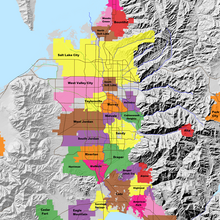
Map of the Salt Lake Valley
The river then flows through the middle of the Salt Lake Valley, initially moving through the city of Bluffdale and then forming the border between the cities of Riverton and Draper.[7] The river then enters the city of South Jordan where it merges with Midas Creek from the west. Upon leaving South Jordan, the river forms the border between the cities of West Jordan on the west and Sandy and Midvale on the east. From the west, Bingham Creek enters West Jordan. Dry Creek, an eastern tributary, combines with the main river in Sandy. The river then forms the border between the cities of Taylorsville and West Valley City on the west and Murray and South Salt Lake on the east. The river flows underneath Interstate 215 in Murray. Little and Big Cottonwood Creeks enter from the east in Murray, 21.7 miles (34.9 km) and 20.6 miles (33.2 km) from the mouth respectively. Mill Creek enters on the east in South Salt Lake, 17.3 miles (27.8 km) from the mouth. The river runs through the middle of Salt Lake City, where the river travels underneath Interstate 80 a mile west of downtown Salt Lake City and again underneath Interstate 215 in the northern portion of Salt Lake City. Interstate 15 parallels the river's eastern flank throughout Salt Lake County. At 16 miles (26 km) from the mouth, the river enters the Surplus Canal channel. The Jordan River physically diverts from the Surplus Canal through four gates and heads north with the Surplus Canal heading northwest. Parley's, Emigration, and Red Butte Creeks converge from the east through an underground pipe, 14.2 miles (22.9 km) from the mouth.[7] City Creek also enters via an underground pipe, 11.5 miles (18.5 km) from the river's mouth. The length of the river and the elevation of its mouth varies year to year depending on the fluctuations of the Great Salt Lake caused by weather conditions. The lake has an average elevation of 4,200 feet (1,300 m) which can deviate by 10 feet (3.0 m).[3] The Jordan River then continues for 9 to 12 miles (14 to 19 km) with Salt Lake County on the west and North Salt Lake and Davis County on the east until it empties into the Great Salt Lake.[7][8][11]
Discharge[edit]
The United States Geological Survey maintains a stream gauge in Salt Lake City that shows annual runoff from the period 1980–2003 is just over 150,000 acre-feet (190,000,000 m3) per year or 100 percent of the total 800,000 acre-feet (990,000,000 m3) of water entering the Jordan River from all sources. The Surplus Canal carries almost 60 percent of the water into the Great Salt Lake, with various irrigation canals responsible for the rest. The amount of water entering the Jordan River from Utah Lake is just over 400,000 acre-feet (490,000,000 m3) per year. Inflow from the 11 largest streams feeding the Jordan River, sewage treatment plants, and groundwater each account for approximately 15 percent of water entering the river.[13]
Watershed[edit]
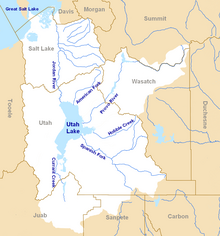
Map of the entire Jordan River Basin
|
|
|
|
|
Jordan River (Utah)
From Wikipedia, the free encyclopedia
The Jordan River, in the state of Utah, United States, is a river about 51 miles (82 km) long. Regulated by pumps at its headwaters at Utah Lake, it flows northward through the Salt Lake Valley and empties into the Great Salt Lake. Four of Utah's six largest cities border the river: Salt Lake City, West Valley City, West Jordan, and Sandy. More than a million people live in the Jordan Subbasin, part of the Jordan River watershed that lies within Salt Lake and Utah counties. During the Pleistocene, the area was part of Lake Bonneville.
Members of the Desert Archaic Culture were the earliest known inhabitants of the region; an archaeological site found along the river dates back 3,000 years. Mormon pioneers led by Brigham Young were the first European American settlers, arriving in July 1847 and establishing farms and settlements along the river and its tributaries. The growing population, needing water for drinking, irrigation, and industrial use in an arid climate, dug ditches and canals, built dams, and installed pumps to create a highly regulated river.
Although the Jordan was originally a cold-water fishery with 13 native species, including Bonneville cutthroat trout, it has become a warm-water fishery where the common carp is most abundant. It was heavily polluted for many years by raw sewage, agricultural runoff, and mining wastes. In the 1960s, sewage treatment removed many pollutants. In the 21st century, pollution is further limited by the Clean Water Act, and, in some cases, the Superfund program. Once the home of bighorn sheep and beaver, the contemporary river is frequented by raccoons, red foxes, and domestic pets. It is an important avian resource, as are the Great Salt Lake and Utah Lake, visited by more than 200 bird species.
Big Cottonwood, Little Cottonwood, Red Butte, Mill, Parley's, and City creeks, as well as smaller streams like Willow Creek at Draper, Utah, flow through the sub-basin. The Jordan River Parkway along the river includes natural areas, botanical gardens, golf courses, and a 40-mile (64 km) bicycle and pedestrian trail, completed in 2017.[6]
The Jordan River is Utah Lake's only outflow. It originates at the northern end of the lake between the cities of Lehi and Saratoga Springs. It then meanders north through the north end of Utah Valley for approximately 8 miles (13 km) until it passes through a gorge in the Traverse Mountains, known as the Jordan Narrows. The Utah National Guard base at Camp Williams lies on the western side of the river through much of the Jordan Narrows.[7][8] The Turner Dam, located 41.8 miles (67.3 km) from the river's mouth (or at river mile 41.8) and within the boundaries of the Jordan Narrows, is the first of two dams of the Jordan River. Turner Dam diverts the water to the right or easterly into the East Jordan Canal and to the left or westerly toward the Utah and Salt Lake Canal. Two pumping stations situated next to Turner Dam divert water to the west into the Provo Reservoir Canal, Utah Lake Distribution Canal, and Jacob-Welby Canal. The Provo Reservoir Canal runs north through Salt Lake County, Jacob-Welby runs south through Utah County. The Utah Lake Distribution Canal runs both north and south, eventually leading back into Utah Lake.[9] Outside the narrows, the river reaches the second dam, known as Joint Dam, which is 39.9 miles (64.2 km) from the river's mouth. Joint Dam diverts water to the east for the Jordan and Salt Lake City Canal and to the west for the South Jordan Canal.[10][11][12]

Map of the Salt Lake Valley
The river then flows through the middle of the Salt Lake Valley, initially moving through the city of Bluffdale and then forming the border between the cities of Riverton and Draper.[7] The river then enters the city of South Jordan where it merges with Midas Creek from the west. Upon leaving South Jordan, the river forms the border between the cities of West Jordan on the west and Sandy and Midvale on the east. From the west, Bingham Creek enters West Jordan. Dry Creek, an eastern tributary, combines with the main river in Sandy. The river then forms the border between the cities of Taylorsville and West Valley City on the west and Murray and South Salt Lake on the east. The river flows underneath Interstate 215 in Murray. Little and Big Cottonwood Creeks enter from the east in Murray, 21.7 miles (34.9 km) and 20.6 miles (33.2 km) from the mouth respectively. Mill Creek enters on the east in South Salt Lake, 17.3 miles (27.8 km) from the mouth. The river runs through the middle of Salt Lake City, where the river travels underneath Interstate 80 a mile west of downtown Salt Lake City and again underneath Interstate 215 in the northern portion of Salt Lake City. Interstate 15 parallels the river's eastern flank throughout Salt Lake County. At 16 miles (26 km) from the mouth, the river enters the Surplus Canal channel. The Jordan River physically diverts from the Surplus Canal through four gates and heads north with the Surplus Canal heading northwest. Parley's, Emigration, and Red Butte Creeks converge from the east through an underground pipe, 14.2 miles (22.9 km) from the mouth.[7] City Creek also enters via an underground pipe, 11.5 miles (18.5 km) from the river's mouth. The length of the river and the elevation of its mouth varies year to year depending on the fluctuations of the Great Salt Lake caused by weather conditions. The lake has an average elevation of 4,200 feet (1,300 m) which can deviate by 10 feet (3.0 m).[3] The Jordan River then continues for 9 to 12 miles (14 to 19 km) with Salt Lake County on the west and North Salt Lake and Davis County on the east until it empties into the Great Salt Lake.[7][8][11]
Discharge[edit]
The United States Geological Survey maintains a stream gauge in Salt Lake City that shows annual runoff from the period 1980–2003 is just over 150,000 acre-feet (190,000,000 m3) per year or 100 percent of the total 800,000 acre-feet (990,000,000 m3) of water entering the Jordan River from all sources. The Surplus Canal carries almost 60 percent of the water into the Great Salt Lake, with various irrigation canals responsible for the rest. The amount of water entering the Jordan River from Utah Lake is just over 400,000 acre-feet (490,000,000 m3) per year. Inflow from the 11 largest streams feeding the Jordan River, sewage treatment plants, and groundwater each account for approximately 15 percent of water entering the river.[13]
Watershed[edit]

Map of the entire Jordan River Basin
|
|
|
|
|
Mary Magdalene is considered to be a saint by the Catholic, Eastern Orthodox, Anglican, and Lutheran denominations. In 2016, Pope Francis raised the level of liturgical memory on July 22 from memorial to feast, and for her to be referred to as the "Apostle of the apostles".
|
|
|
 Primer Primer
 Anterior
13 a 27 de 27
Siguiente Anterior
13 a 27 de 27
Siguiente
 Último
Último

|
|
| |
|
|
©2024 - Gabitos - Todos los derechos reservados | |
|
|












2%20(web)_small.jpg)
2%20(web)_small.jpg)
2%20(web)_small.jpg)
2%20(web)_small.jpg)
.jpg)
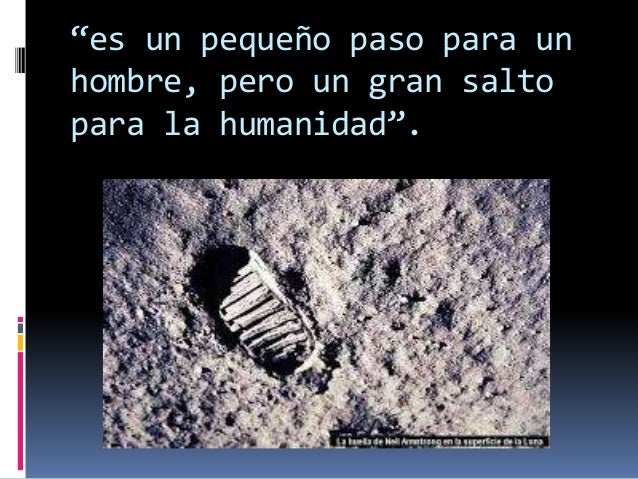
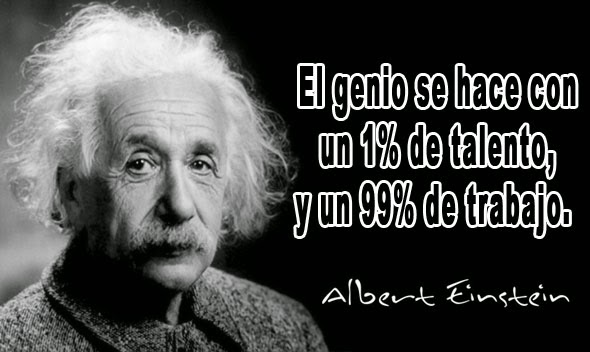
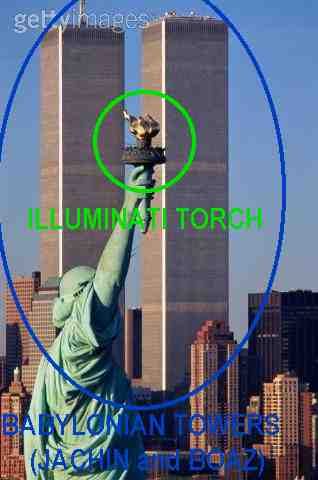

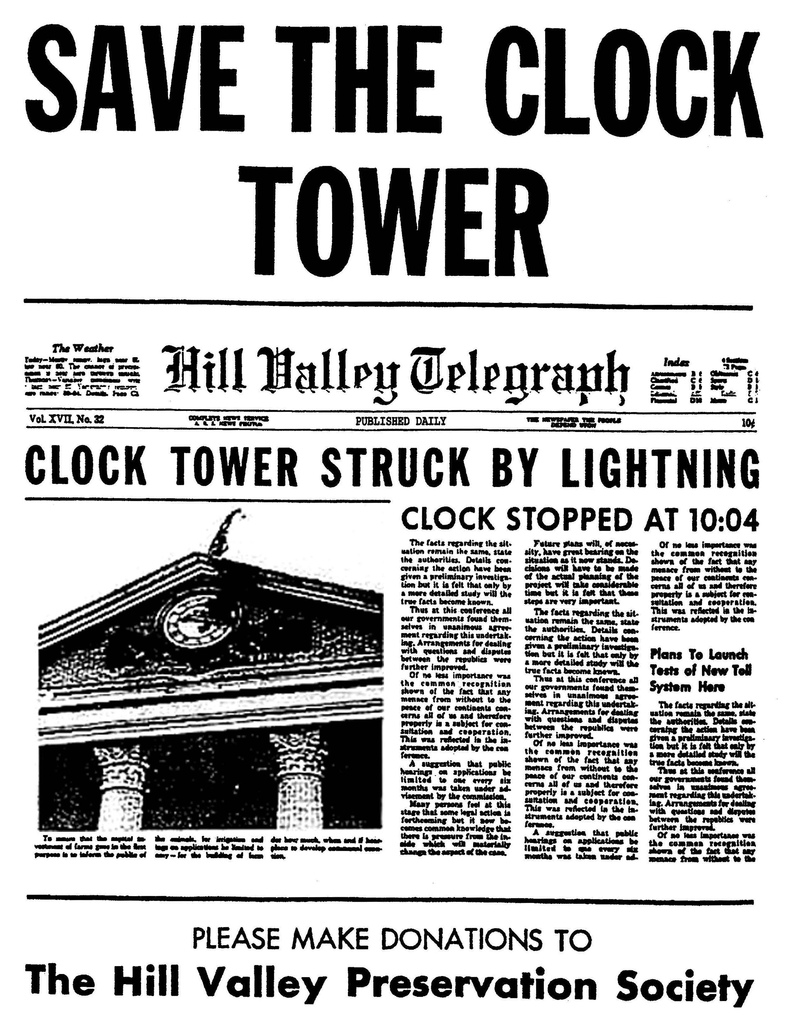


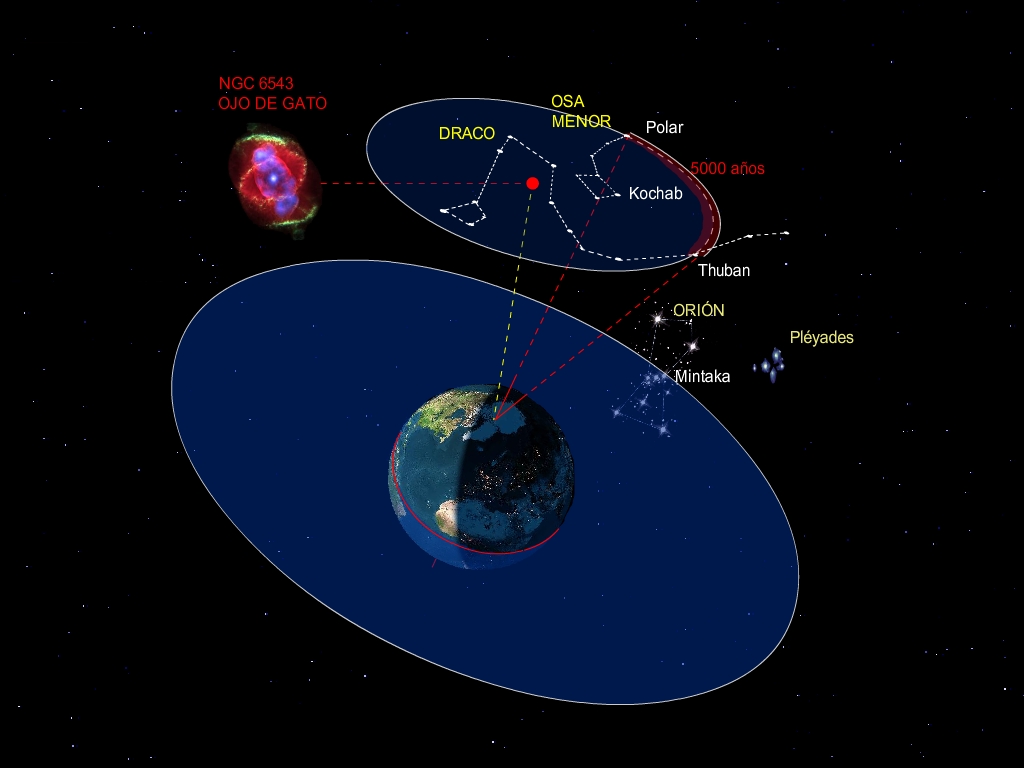
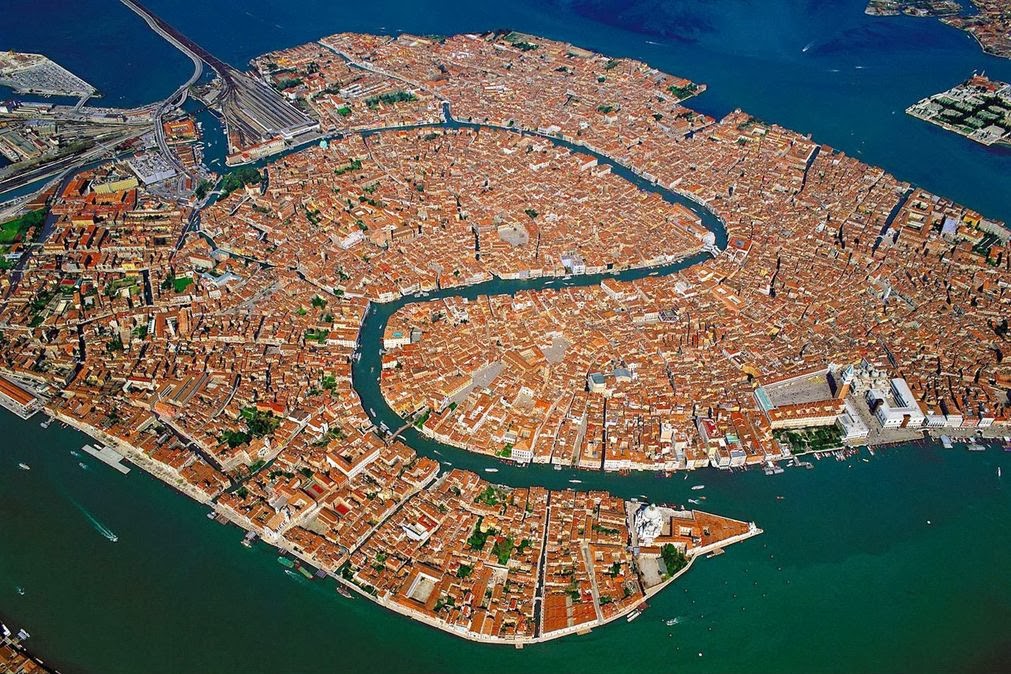



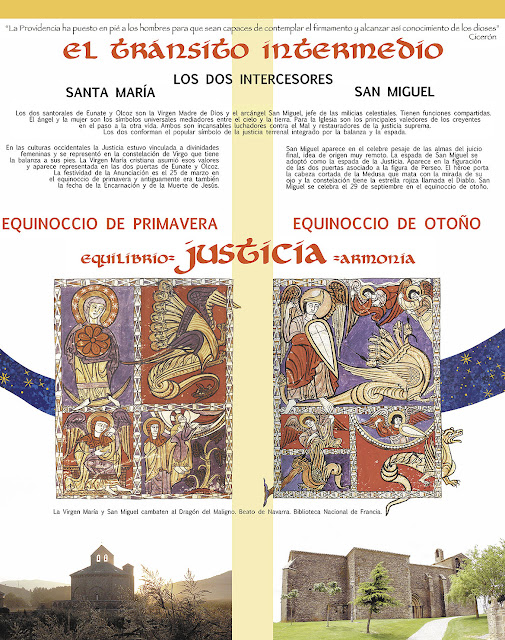





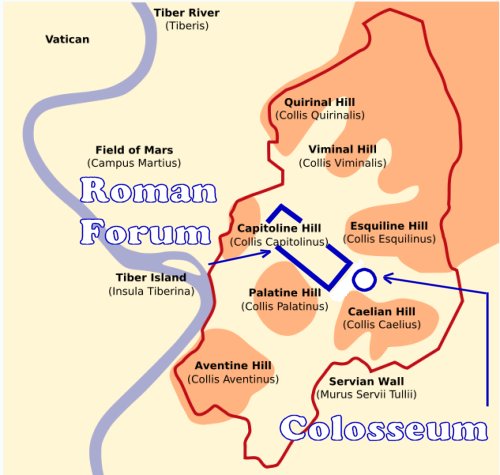
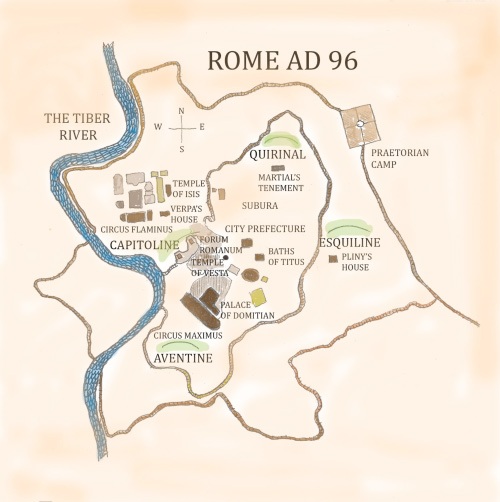








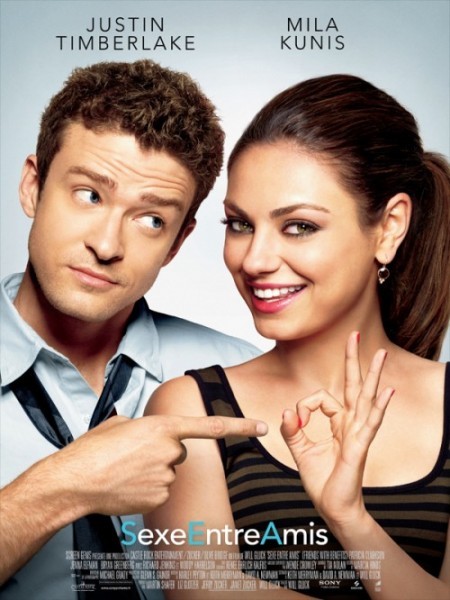
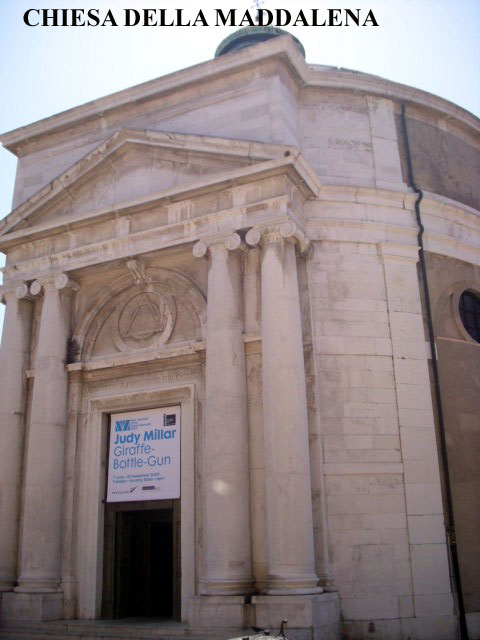
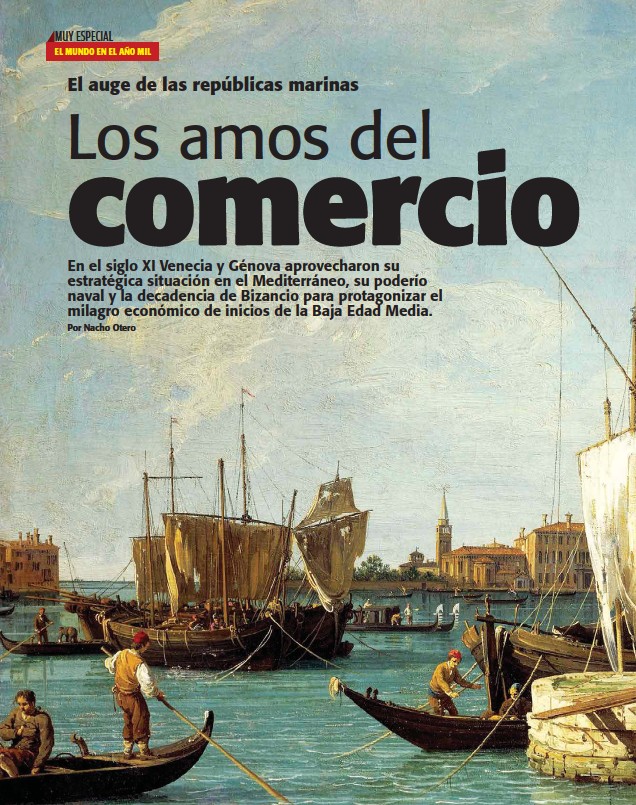

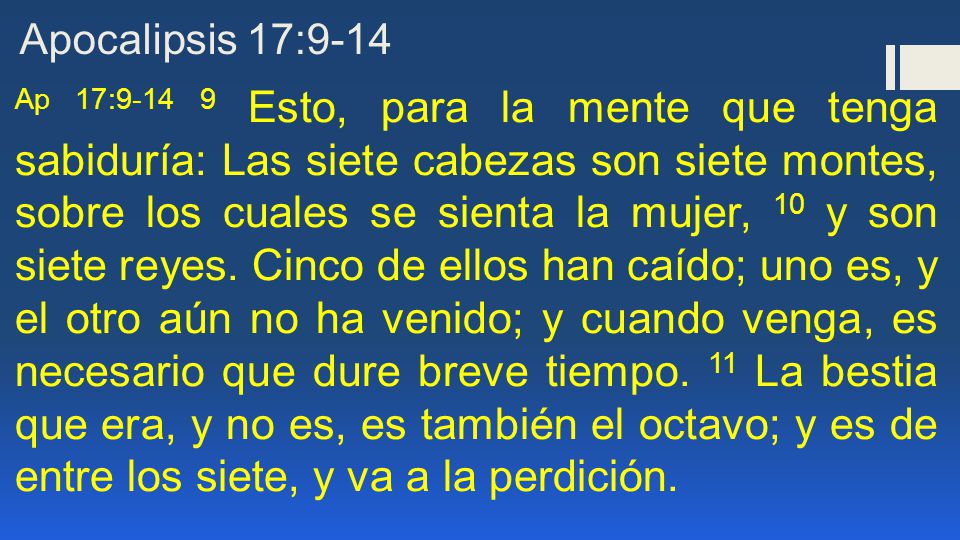
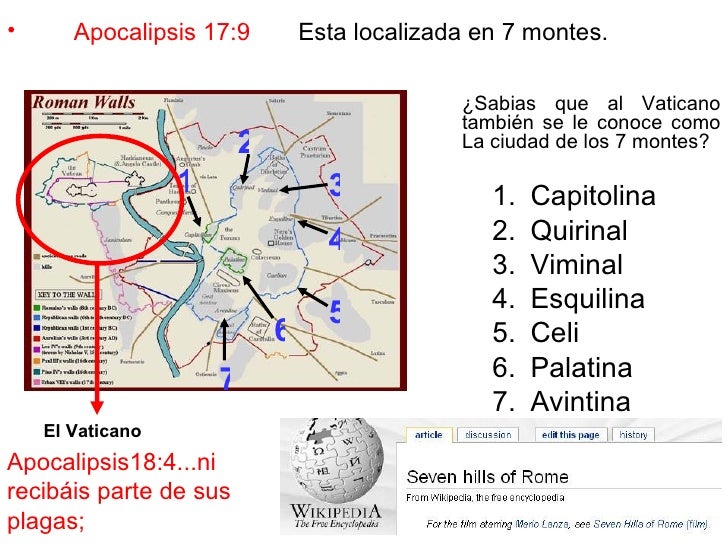


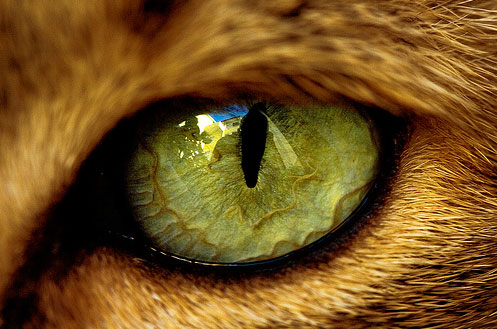
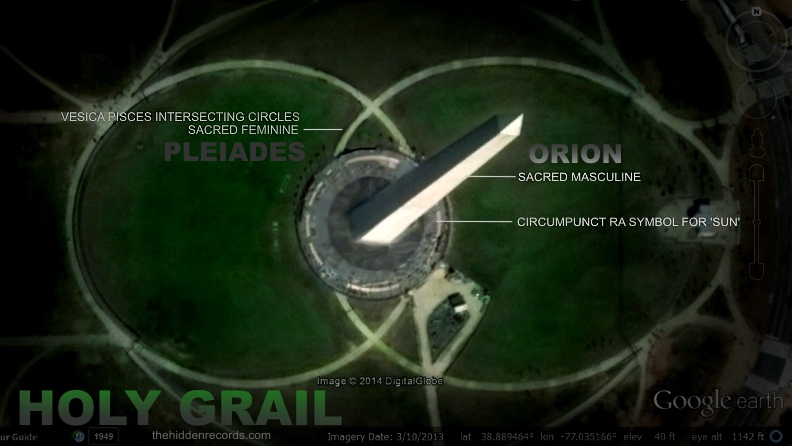



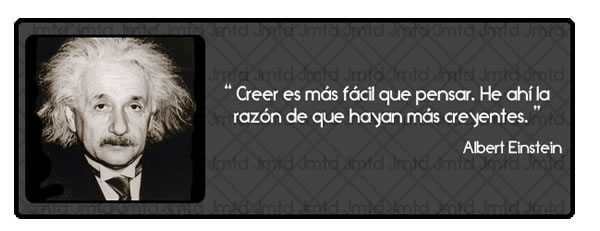
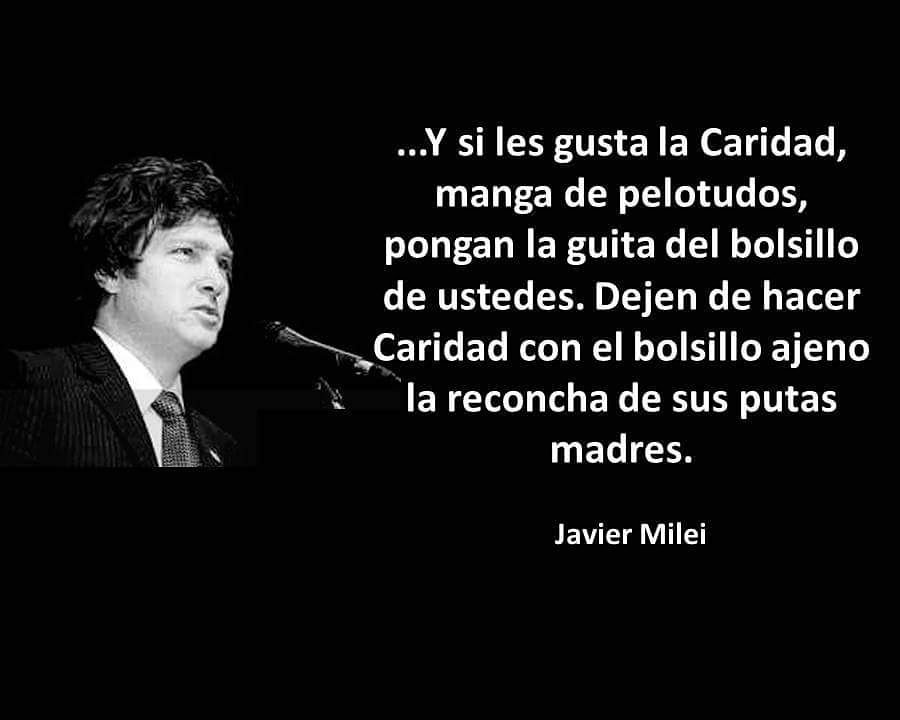

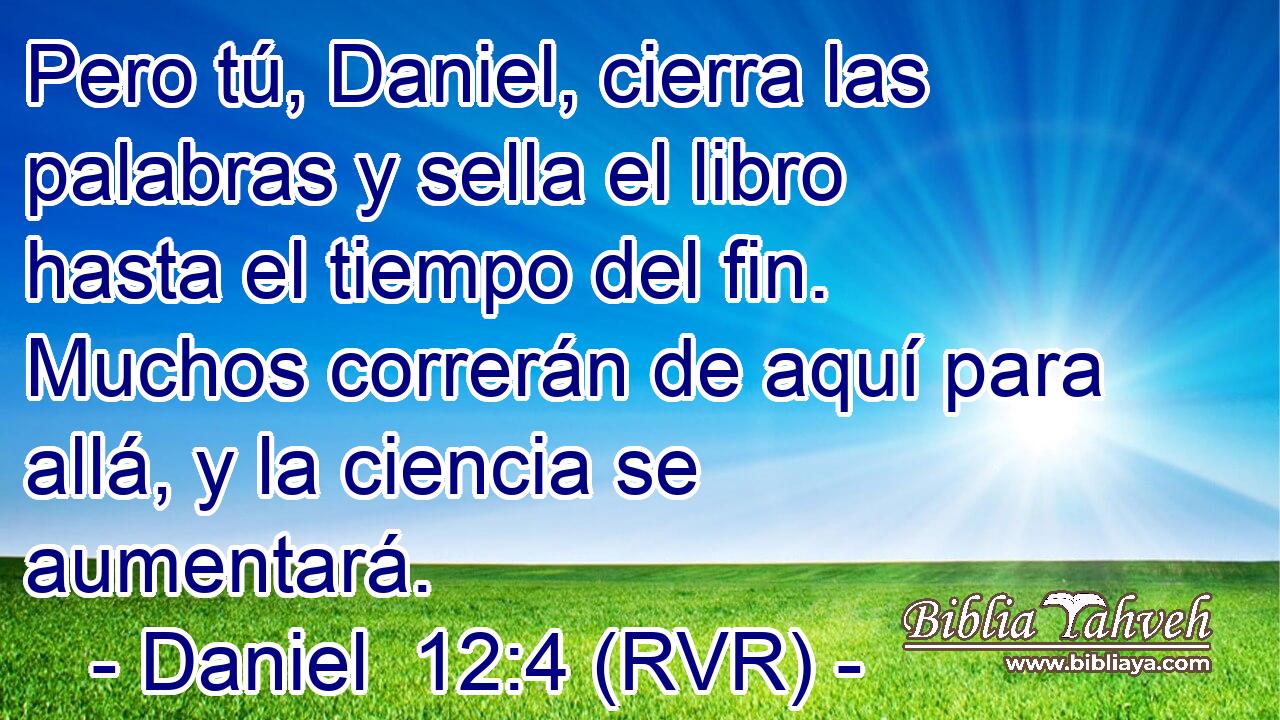
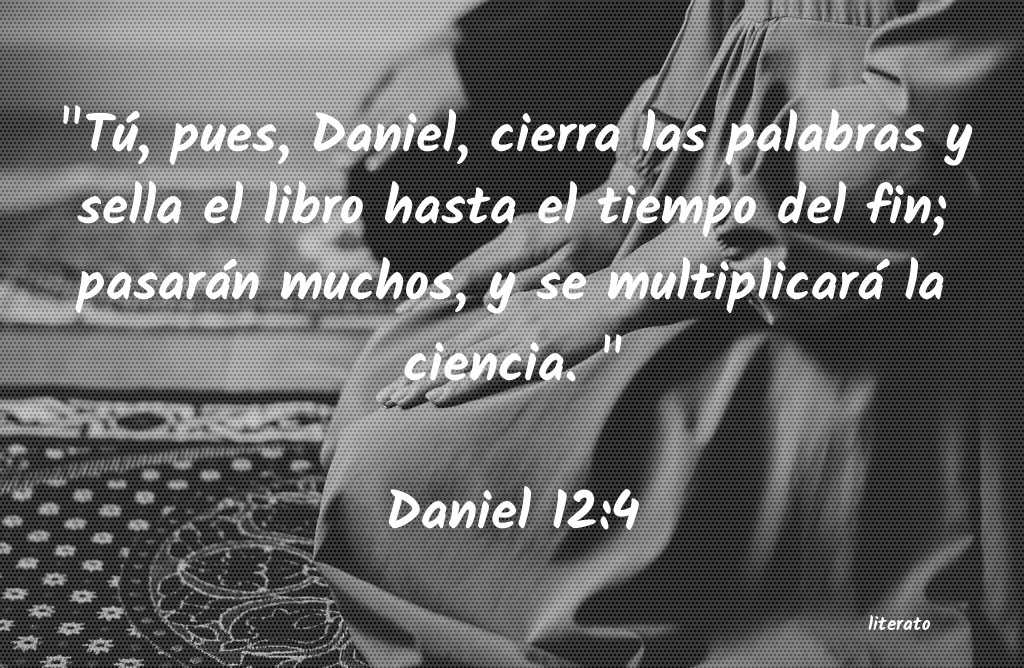




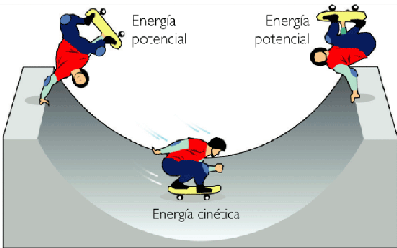


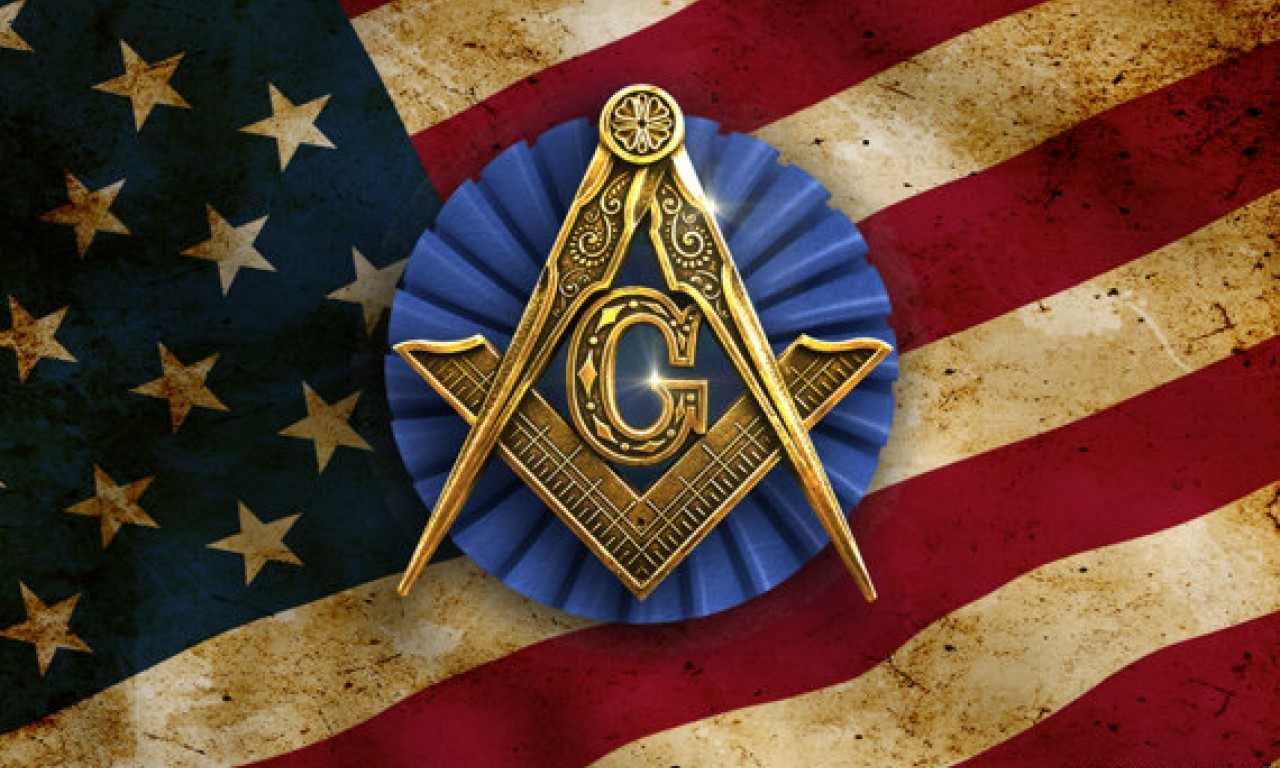

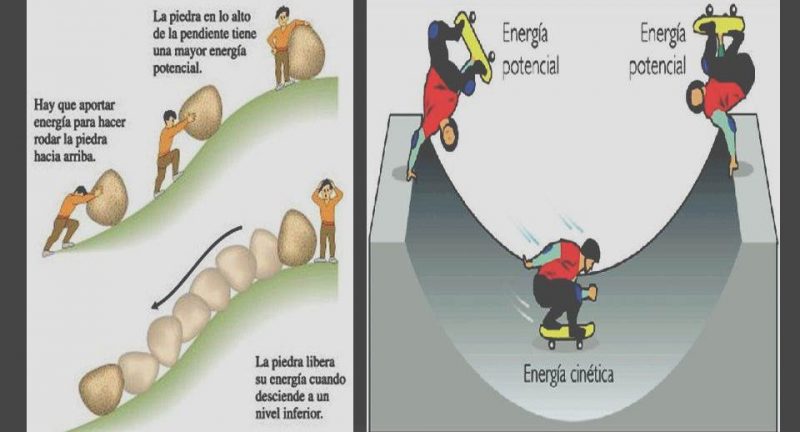




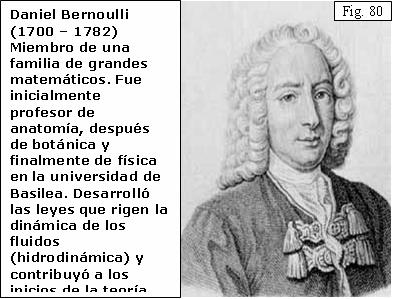


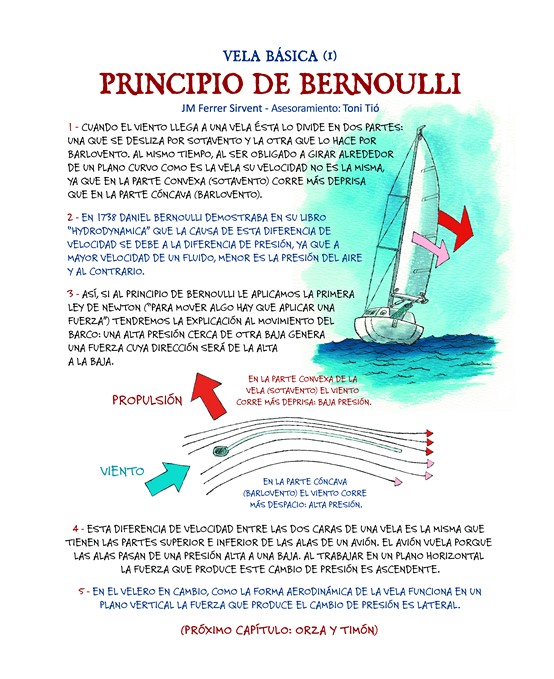
![???? Demostración de la ecuación de Bernoulli [Fluidos]](https://ingenieriabasica.es/wp-content/uploads/2020/08/Portada-Bernoulli.jpg)
